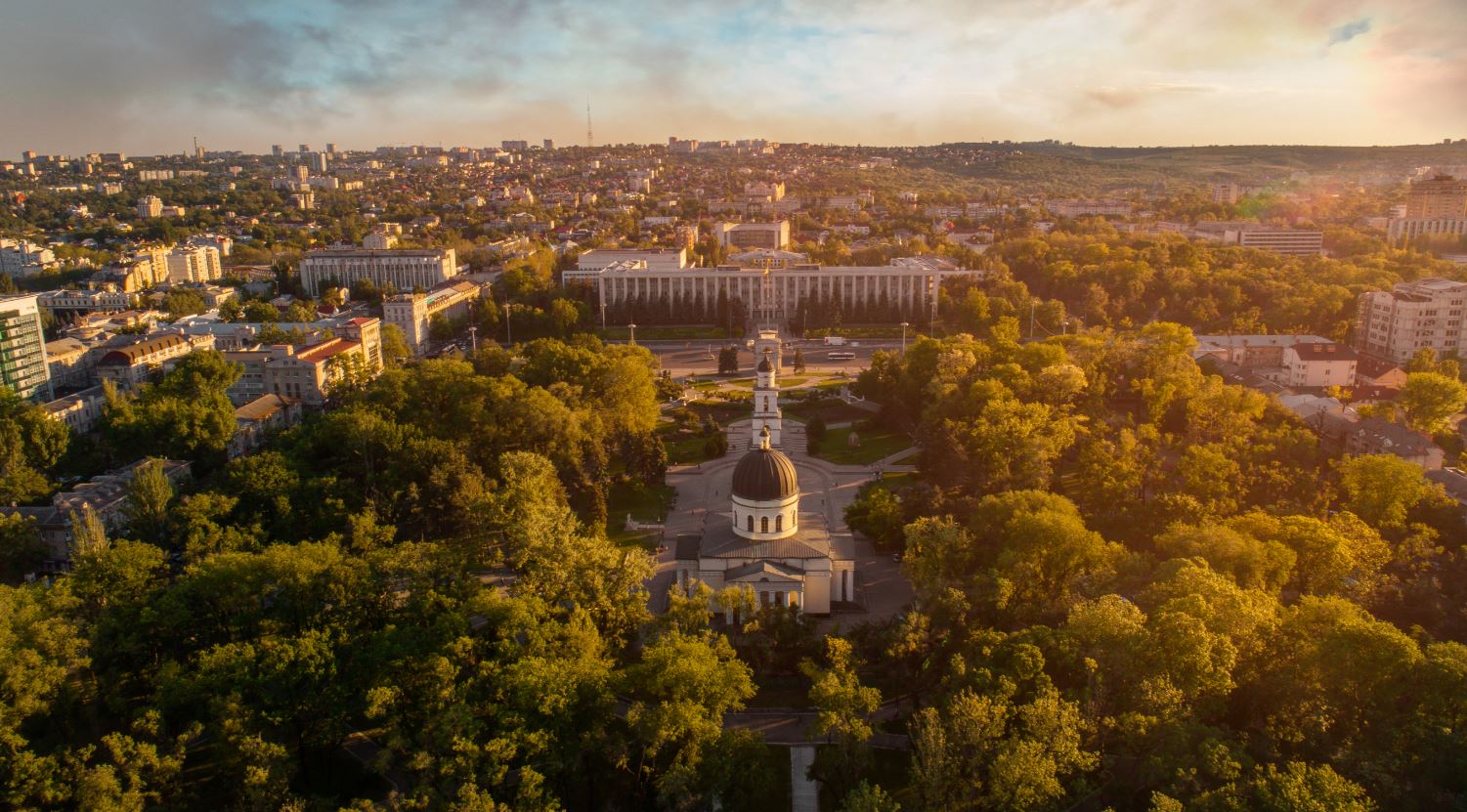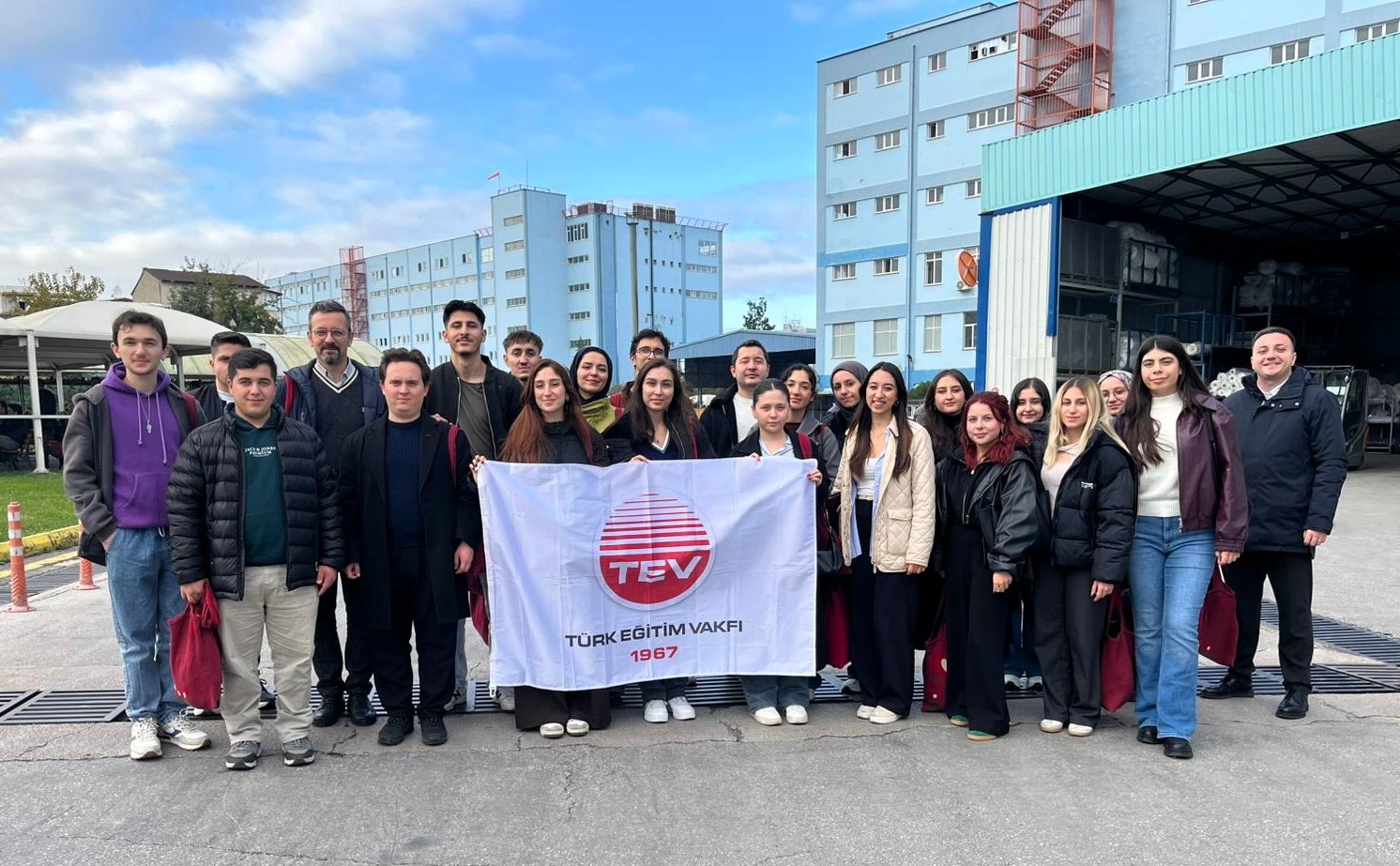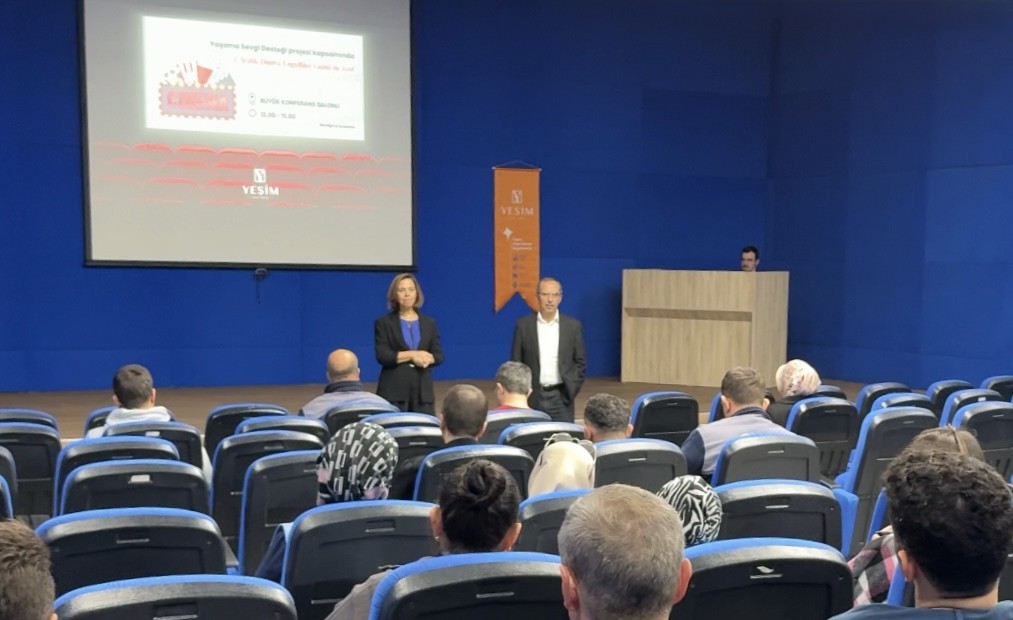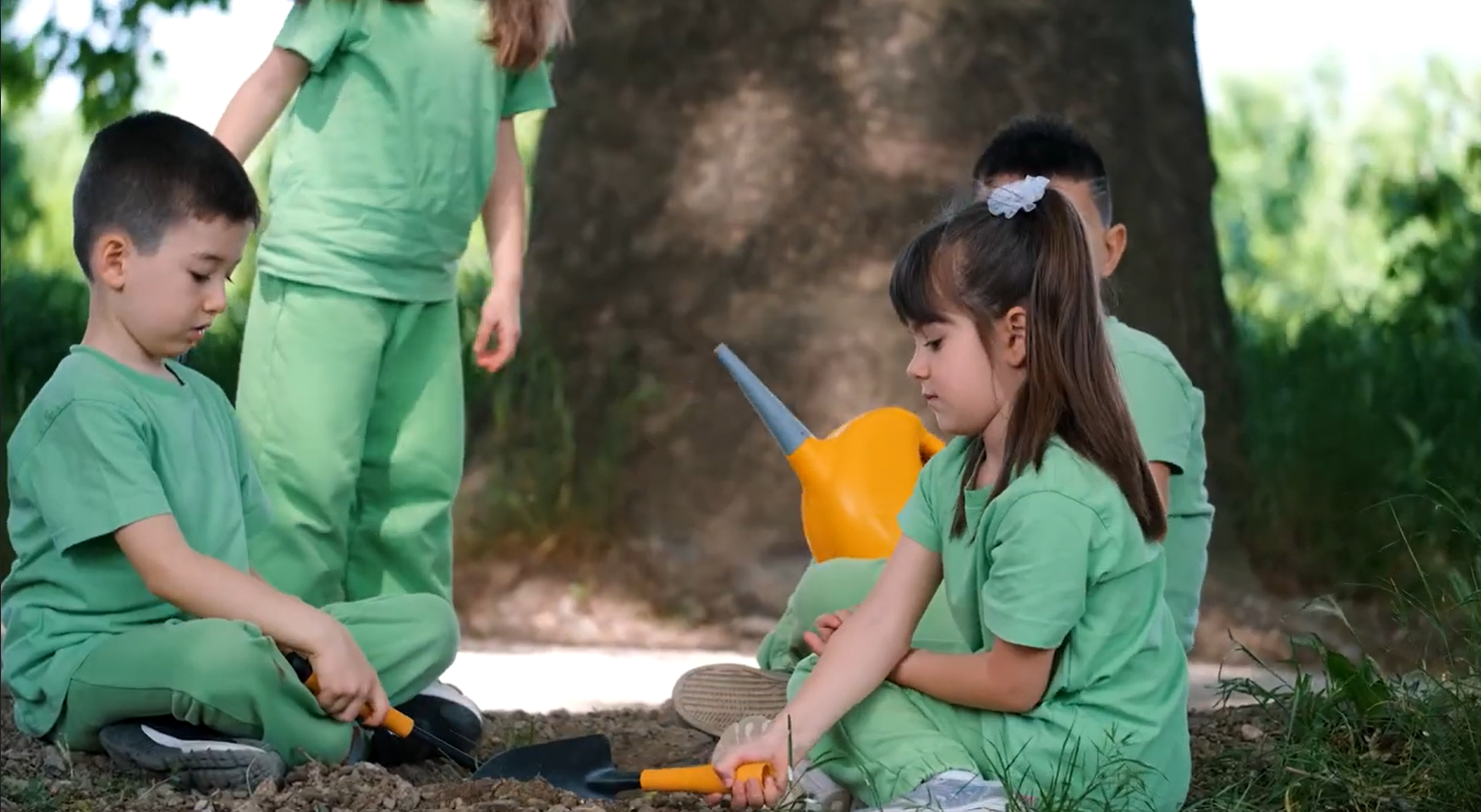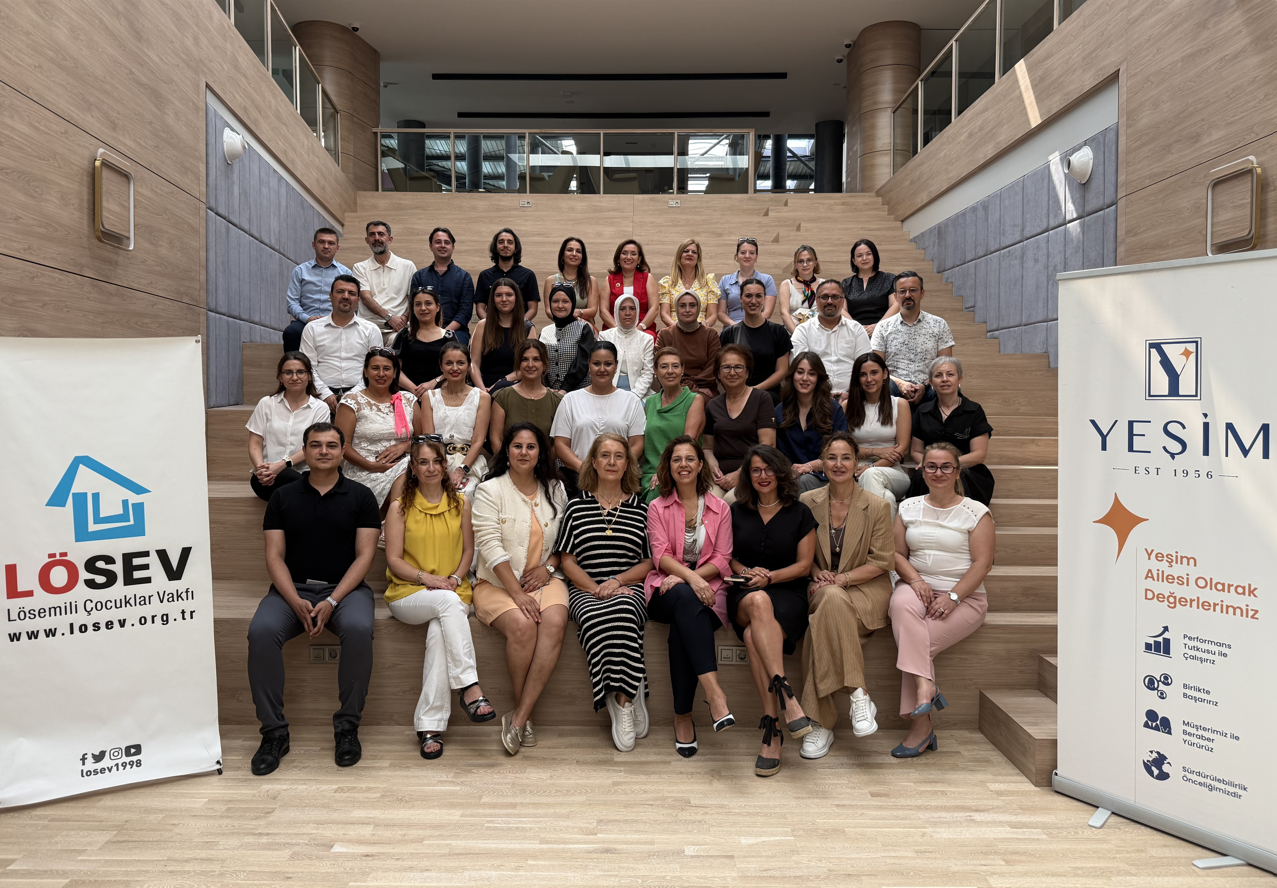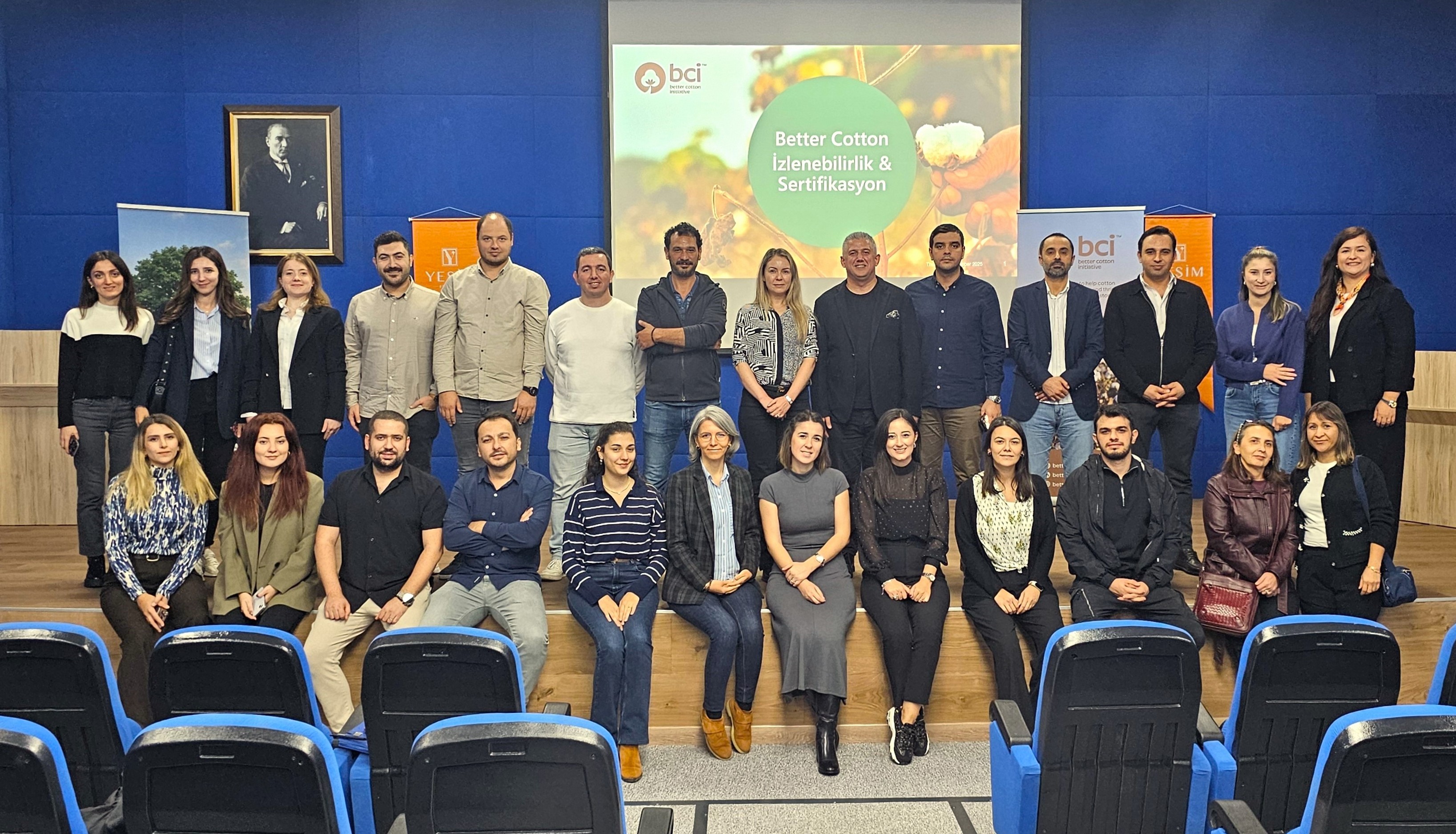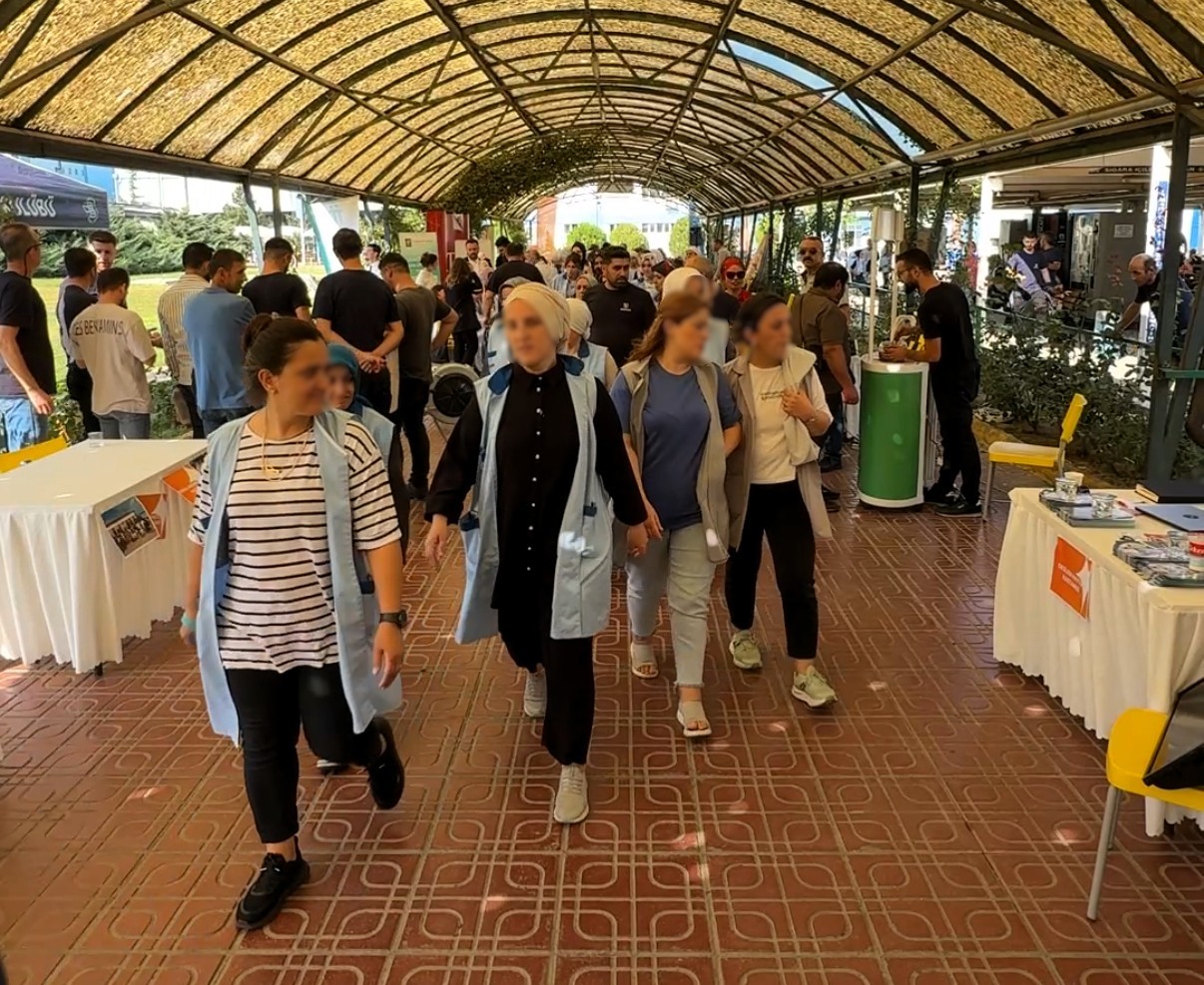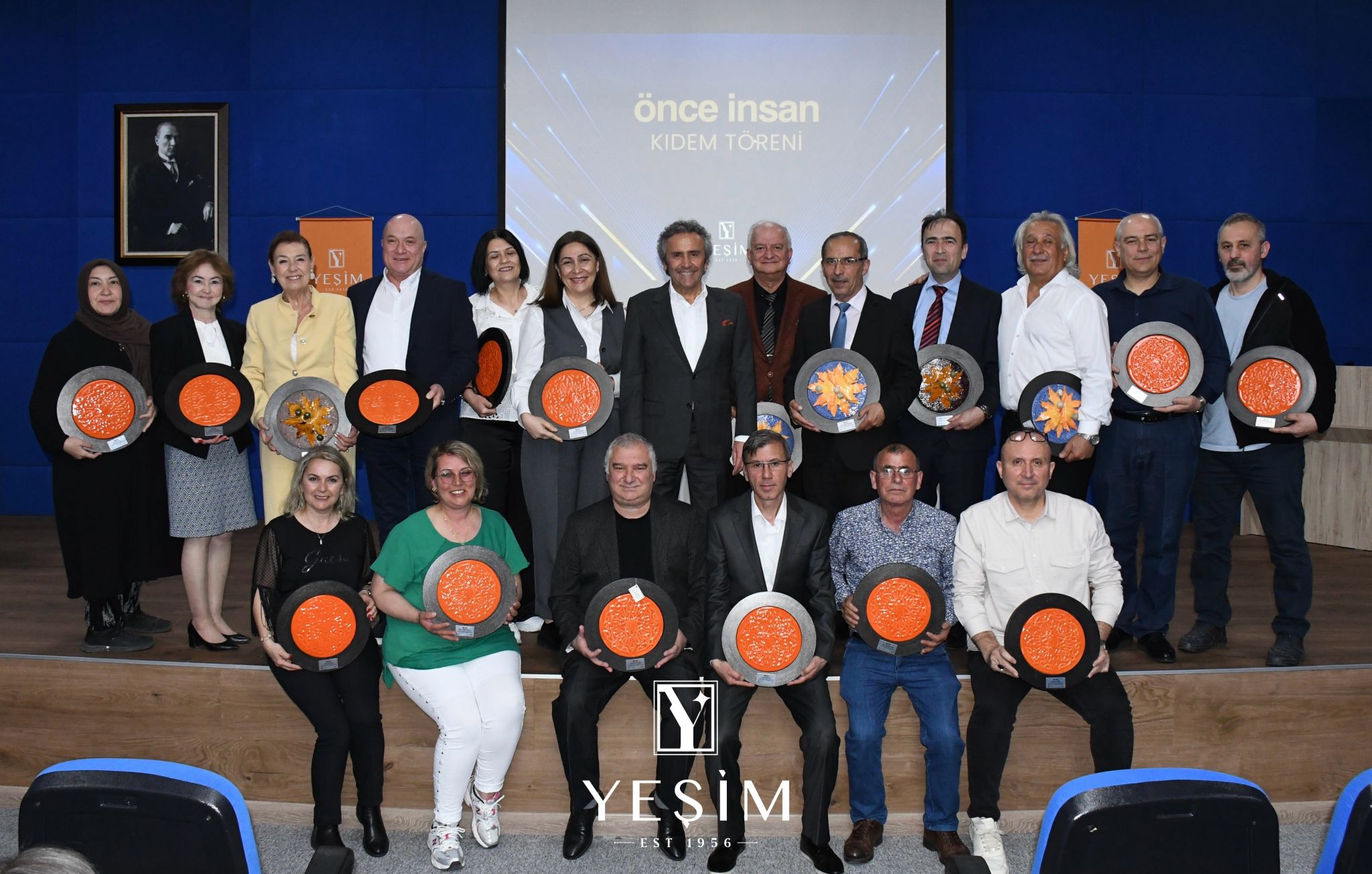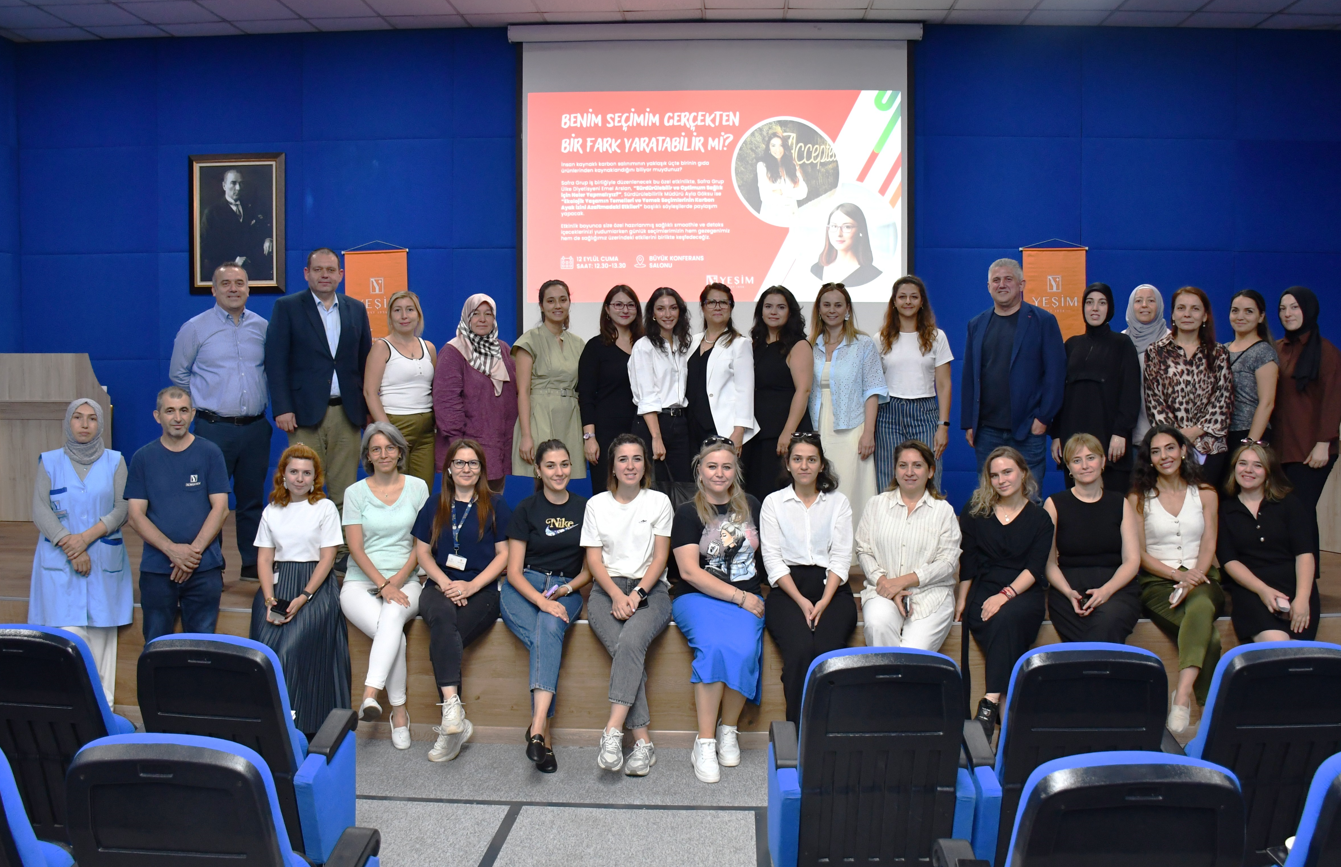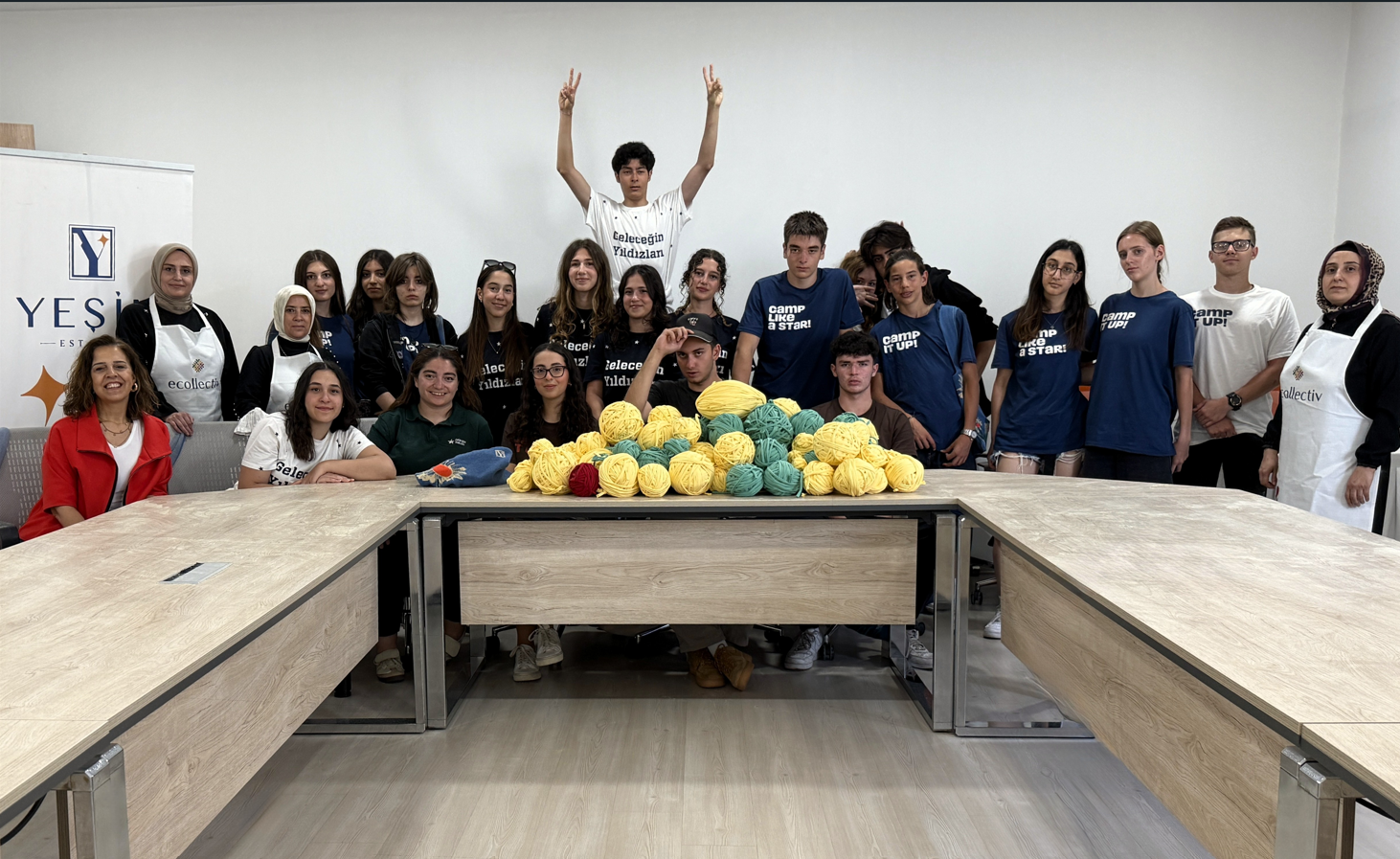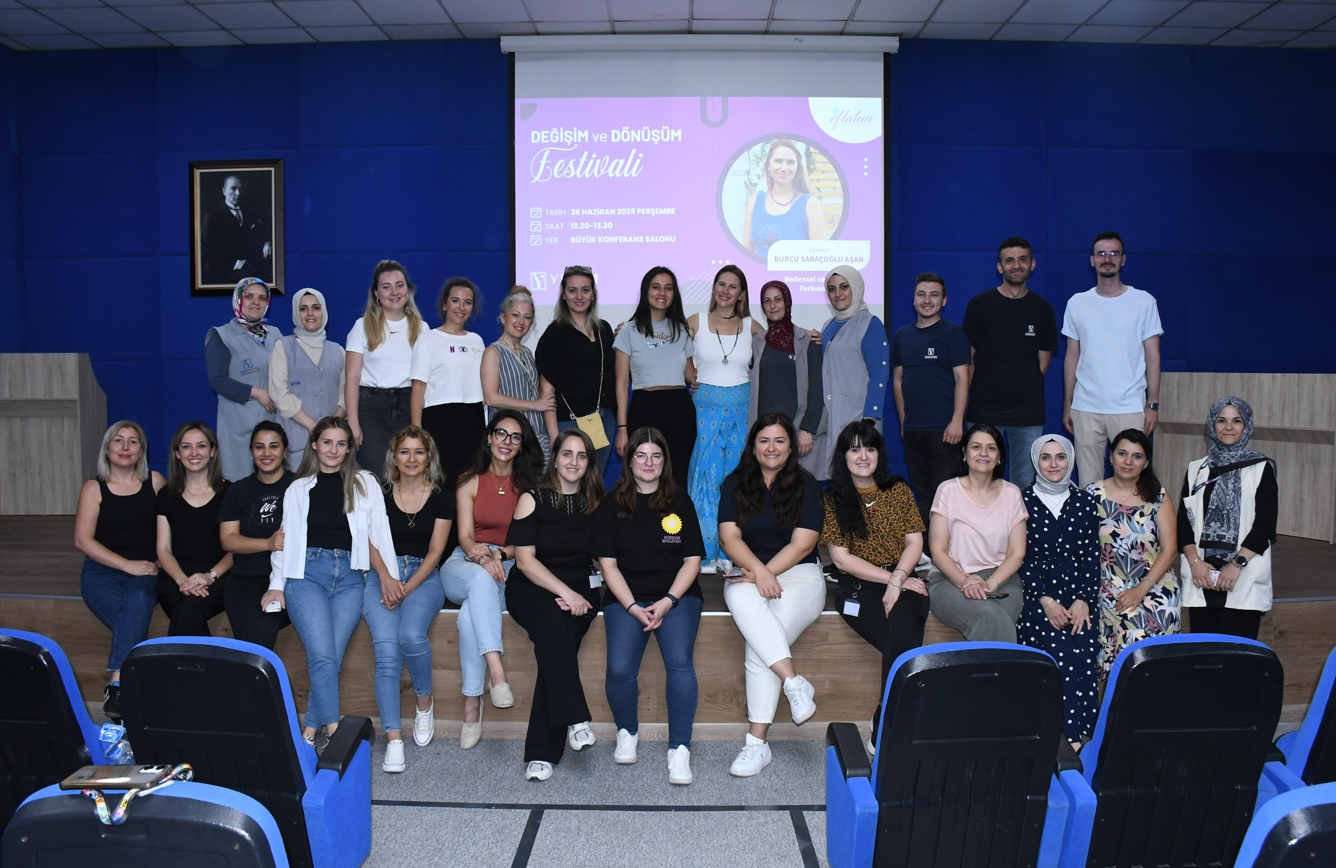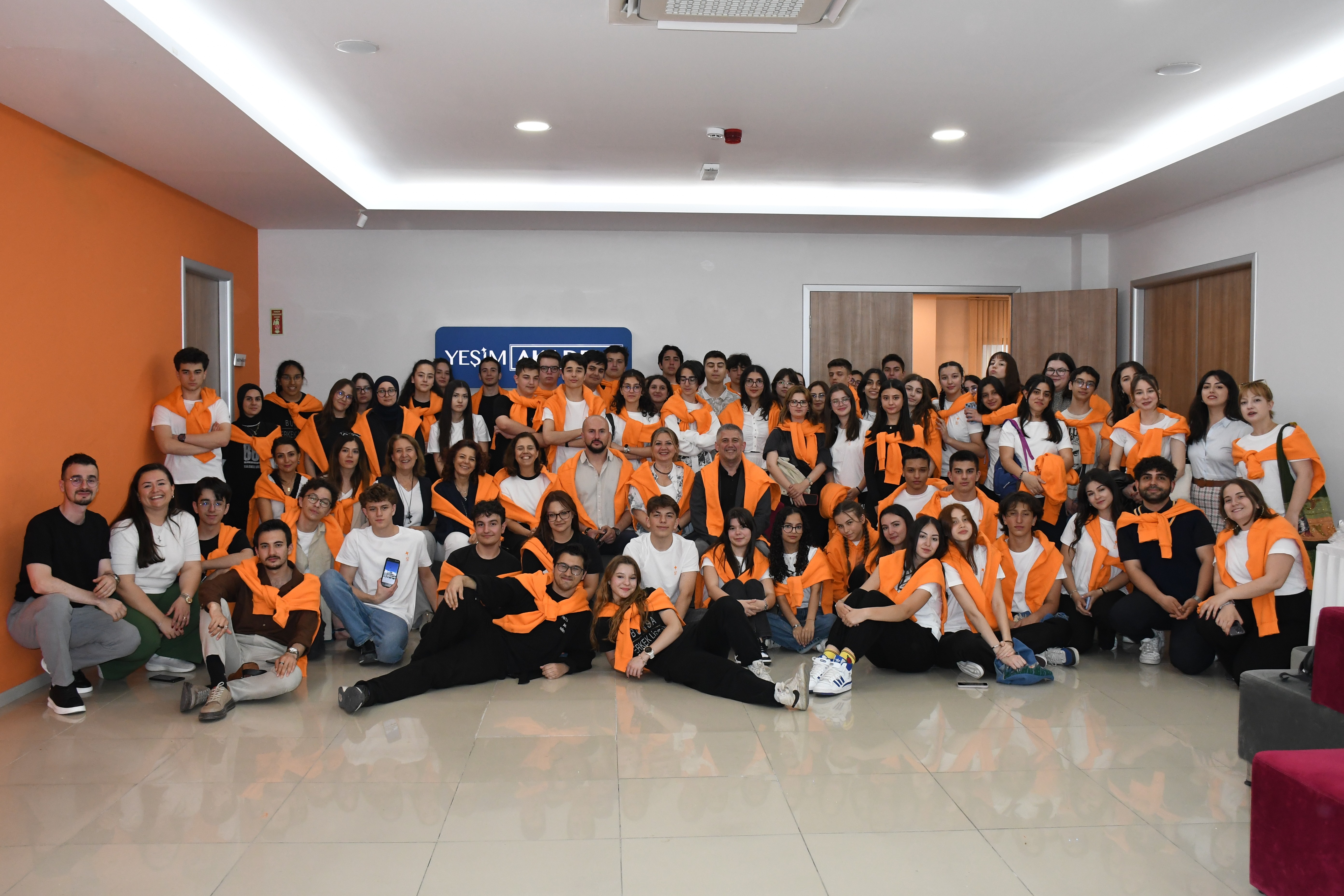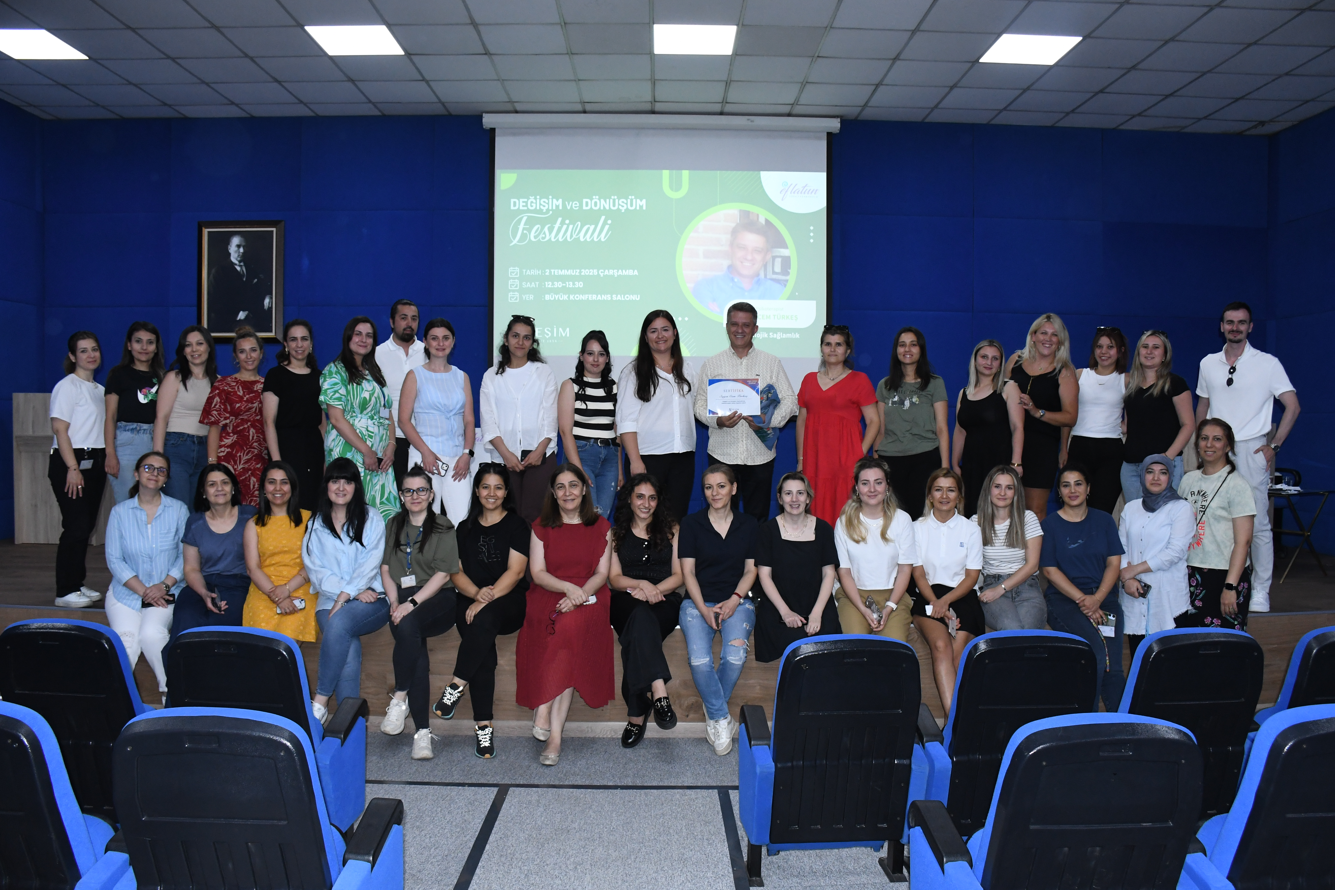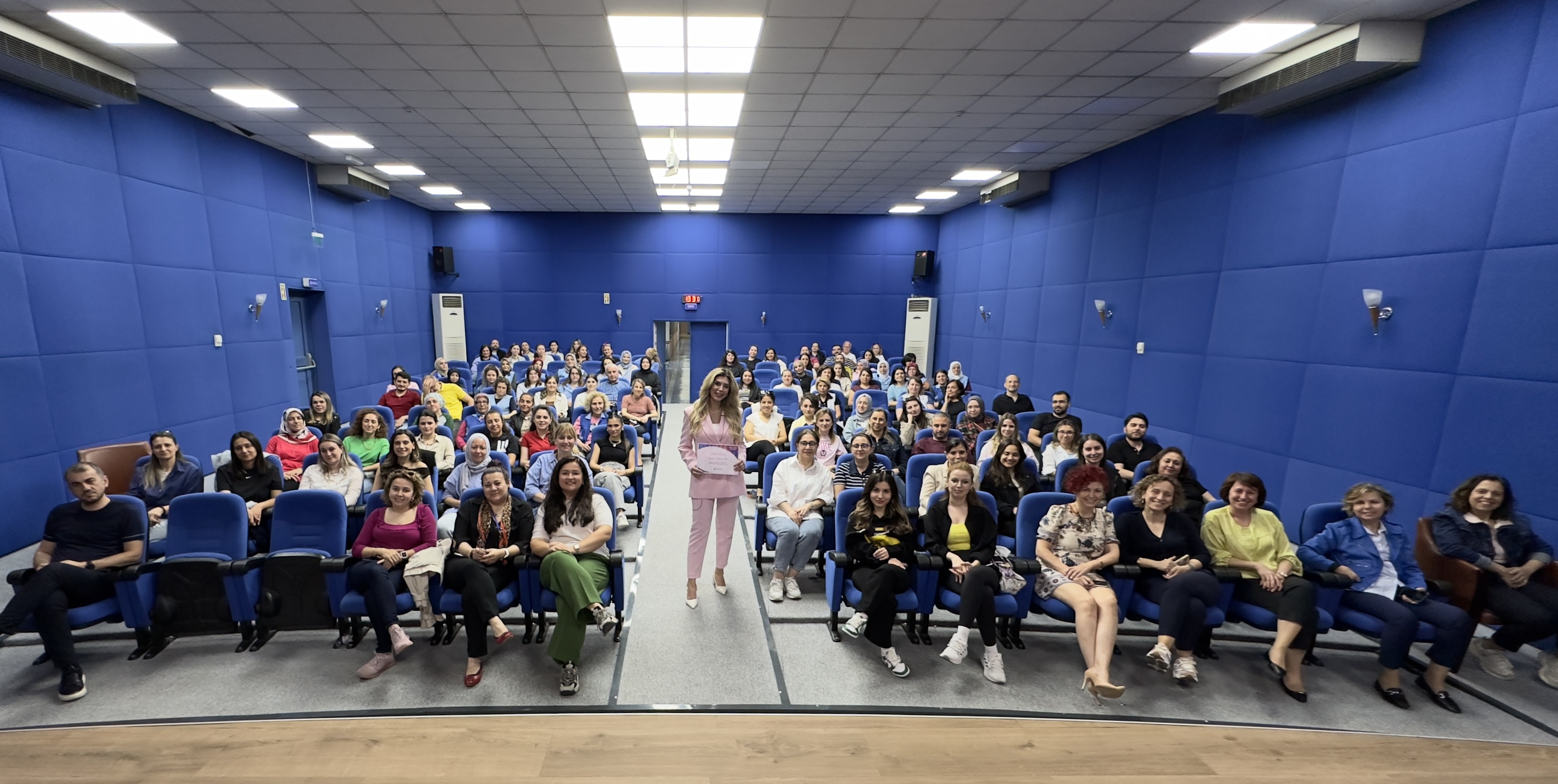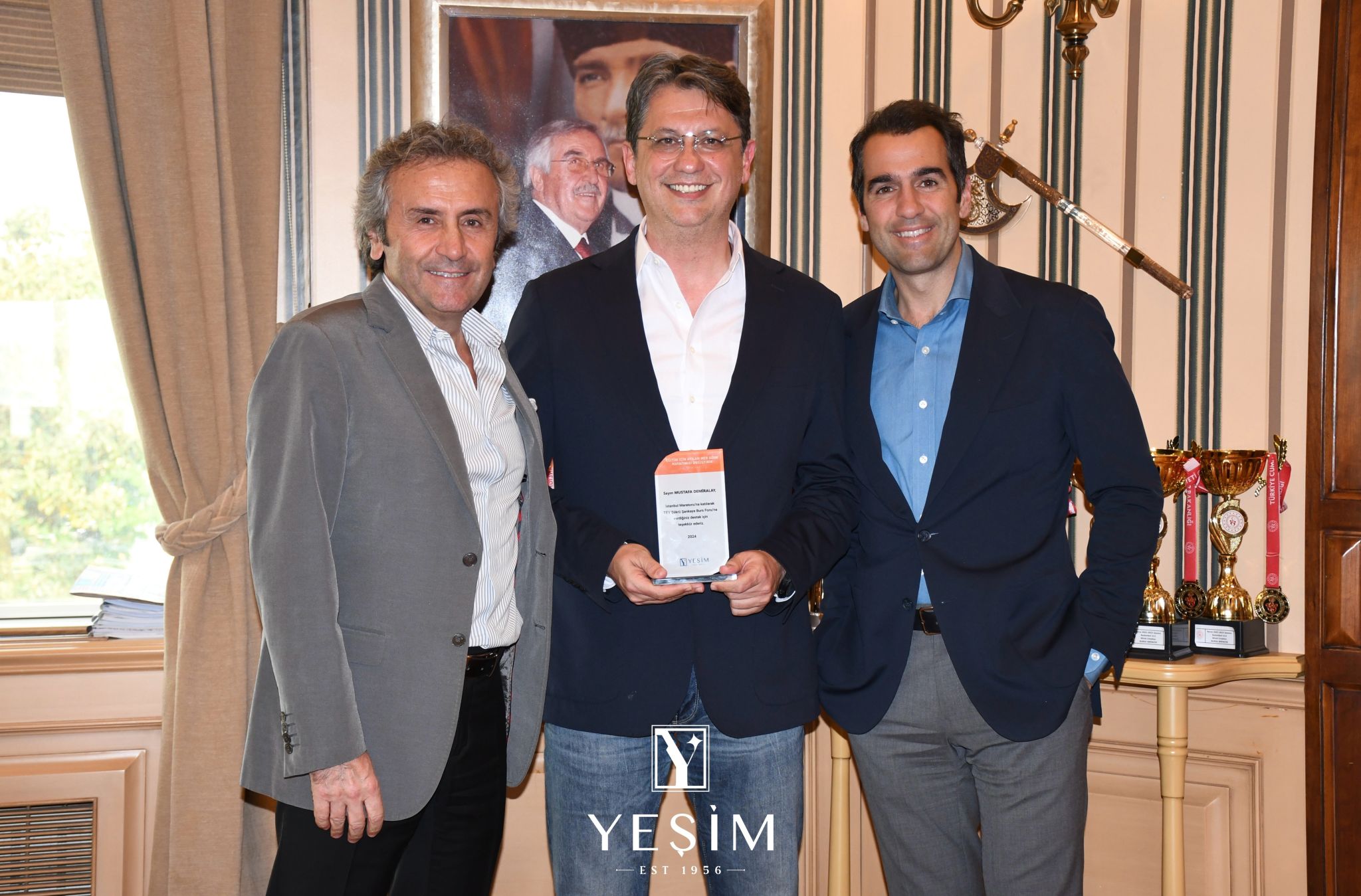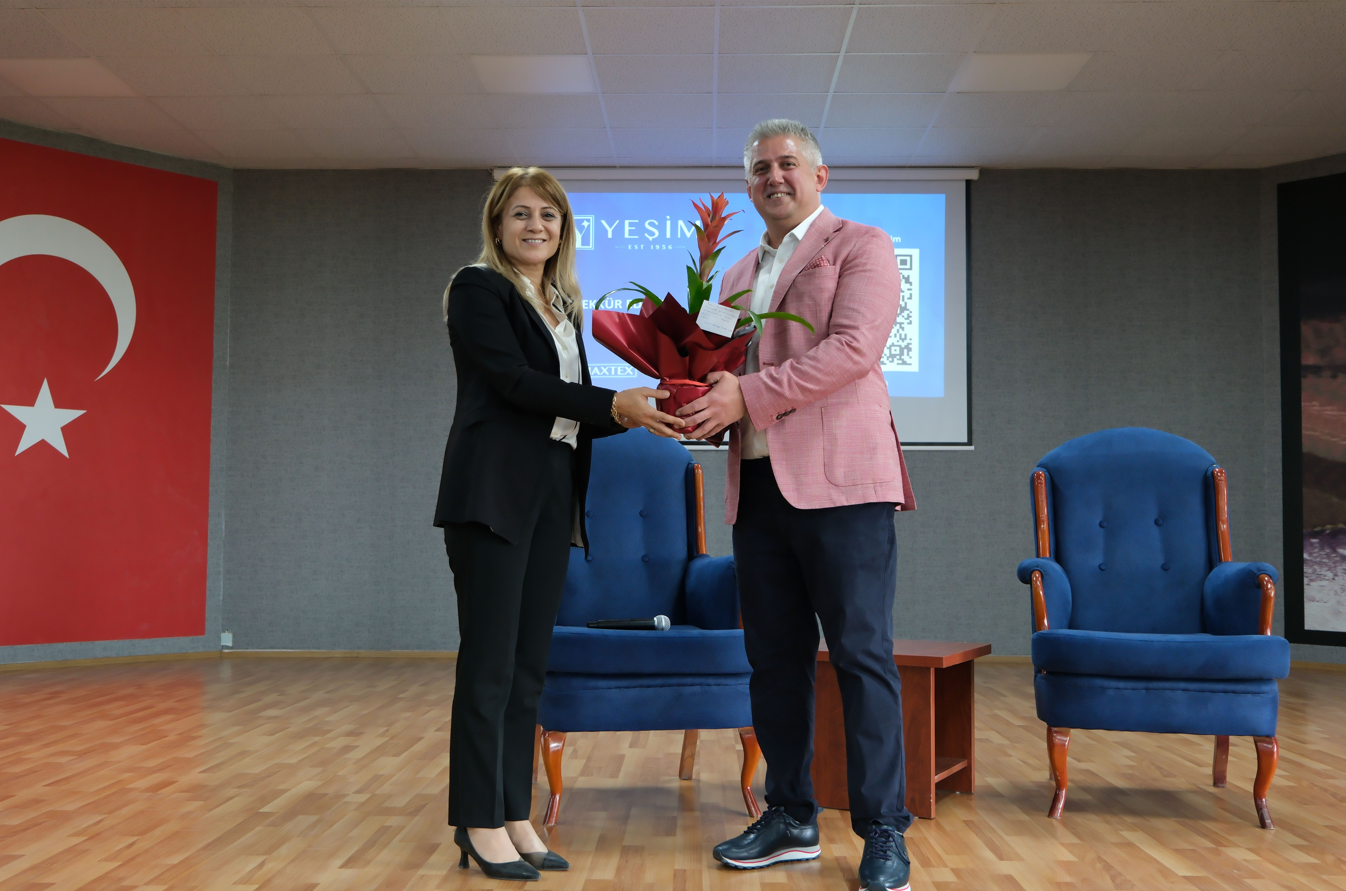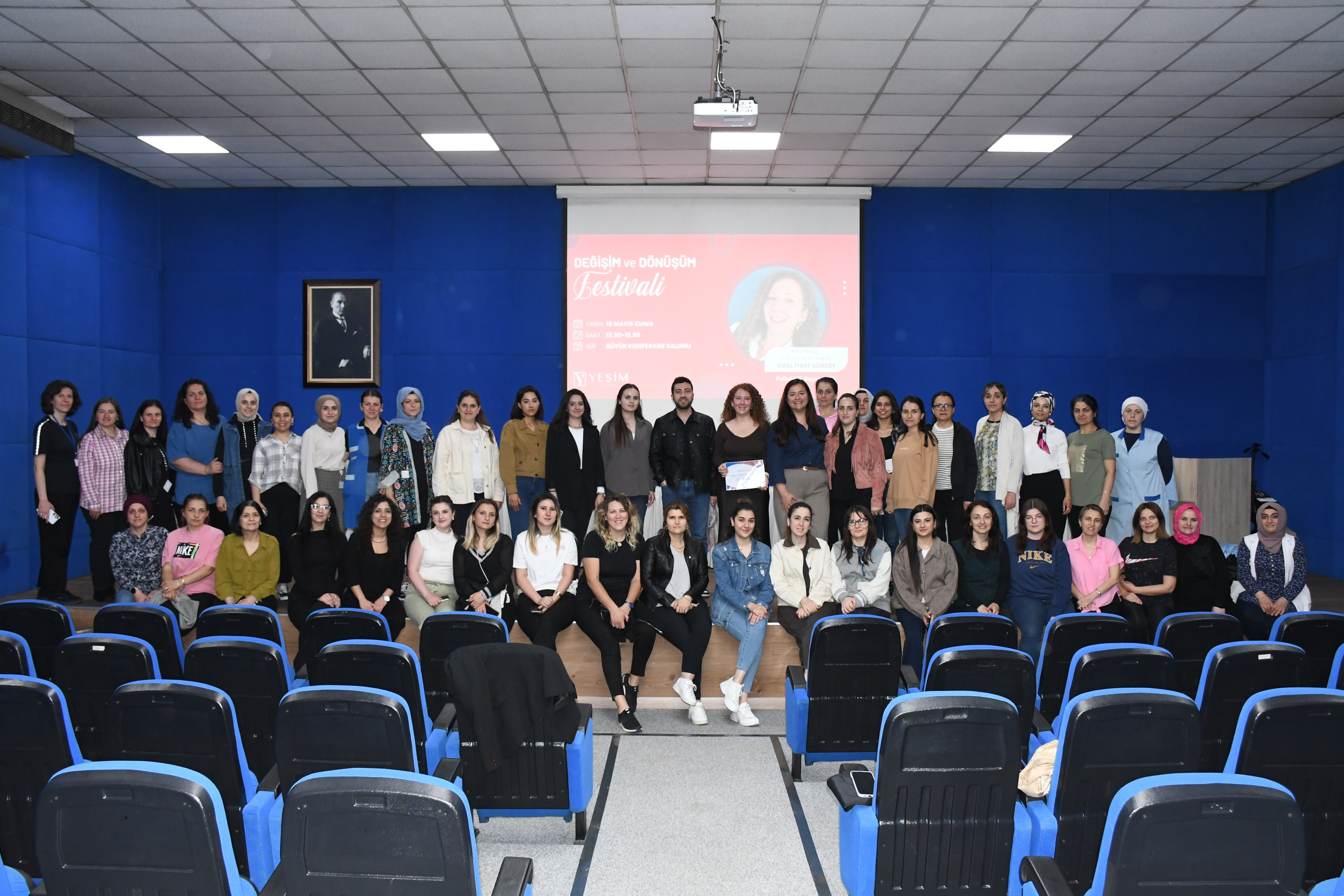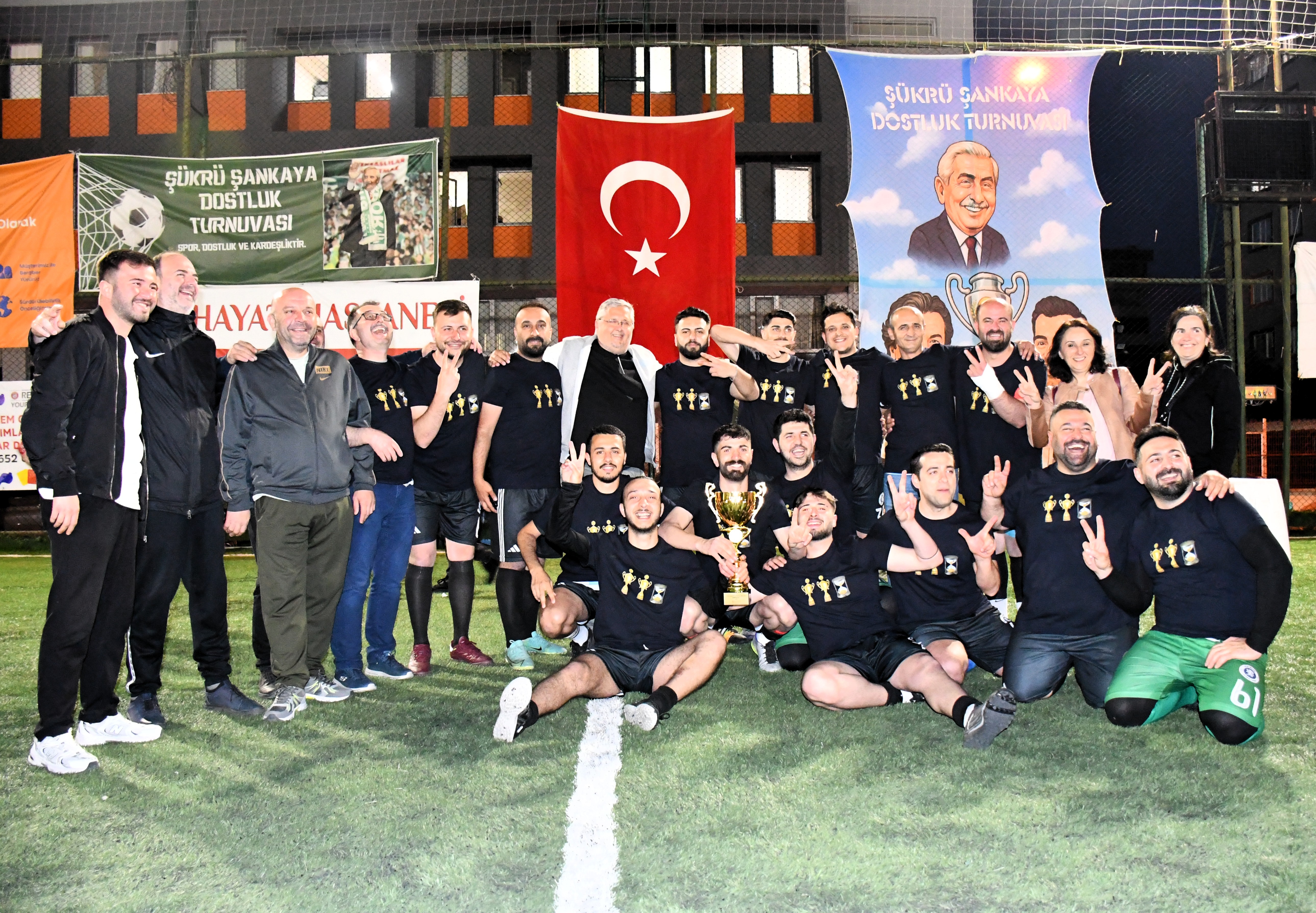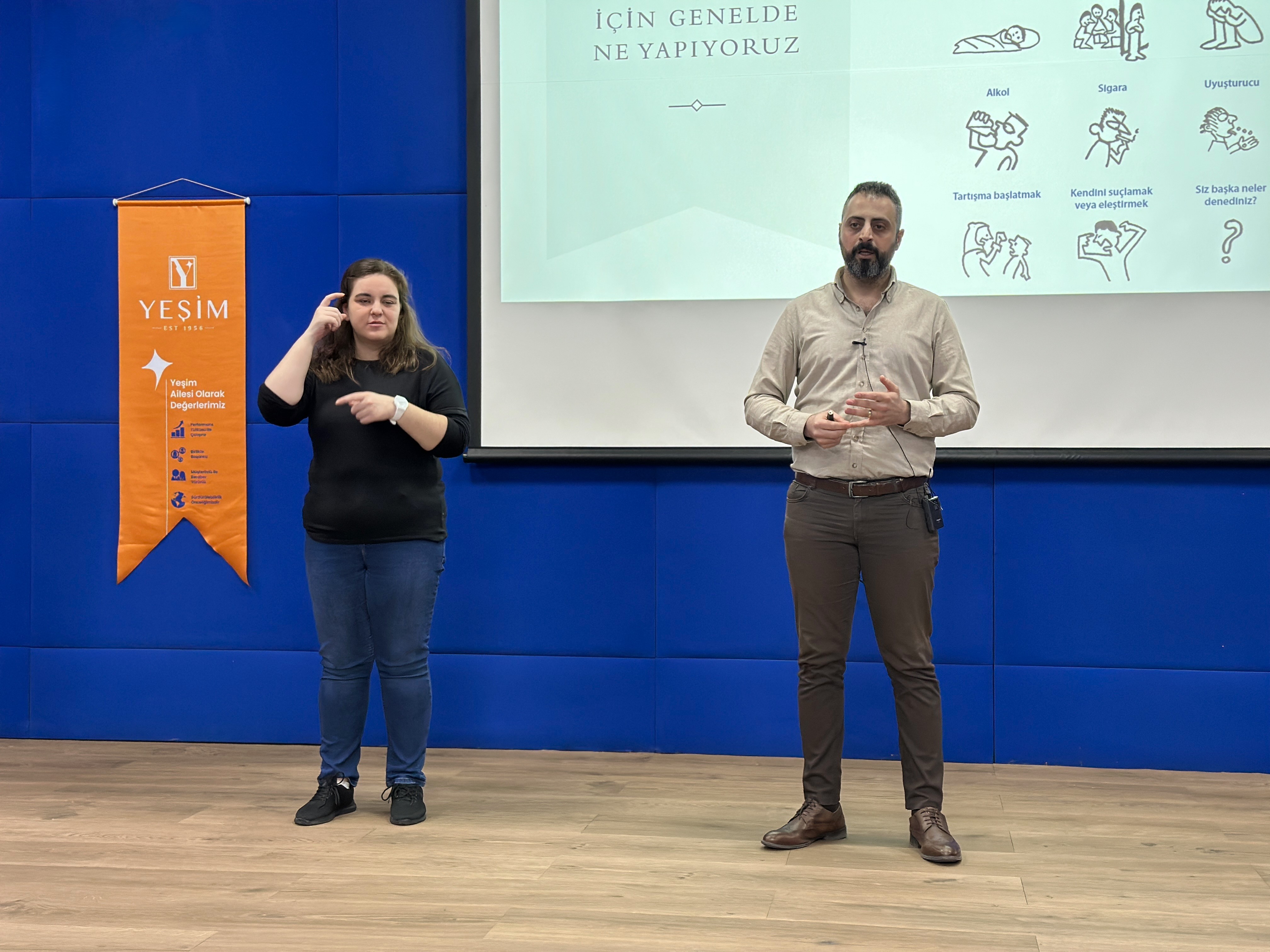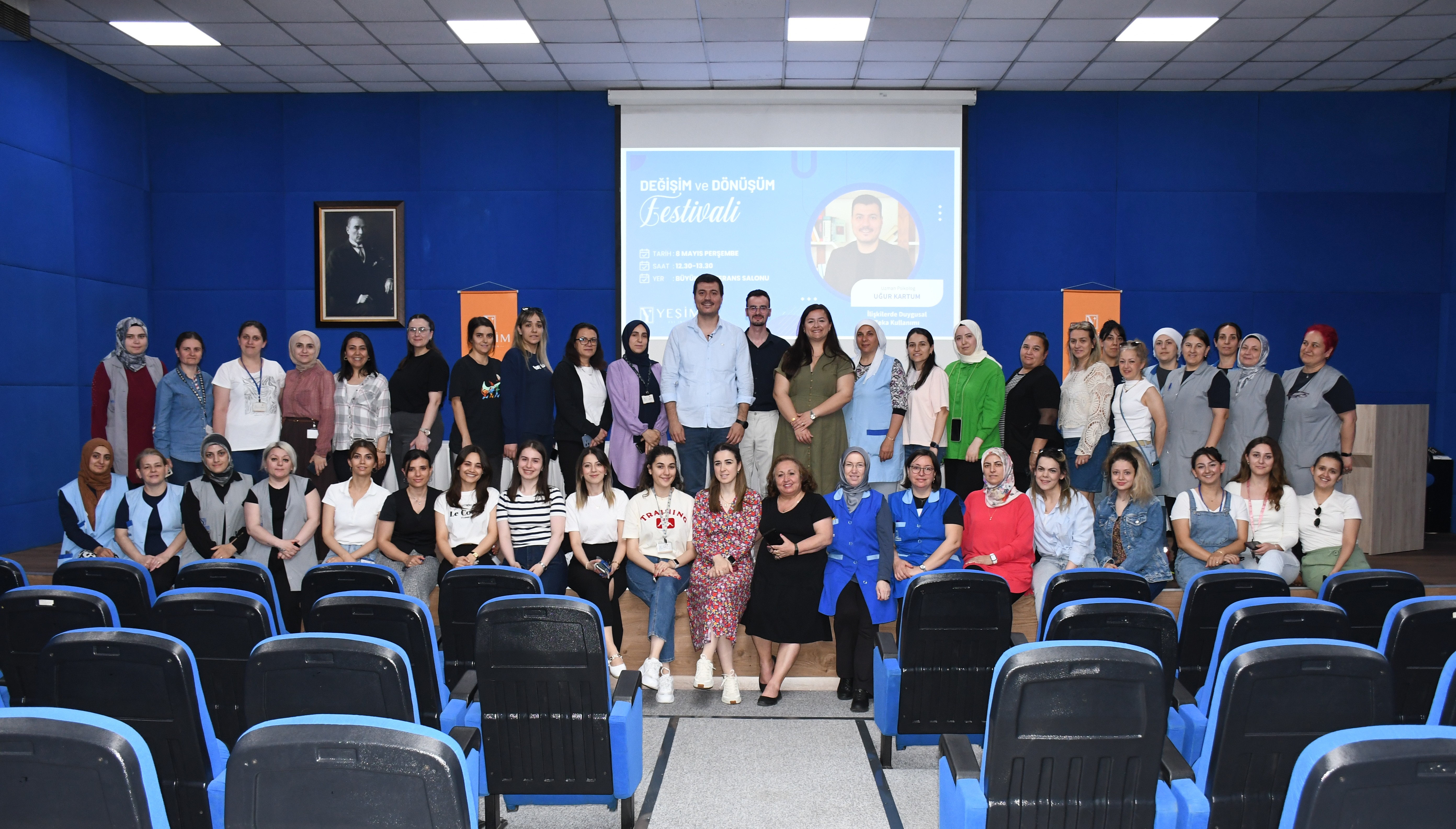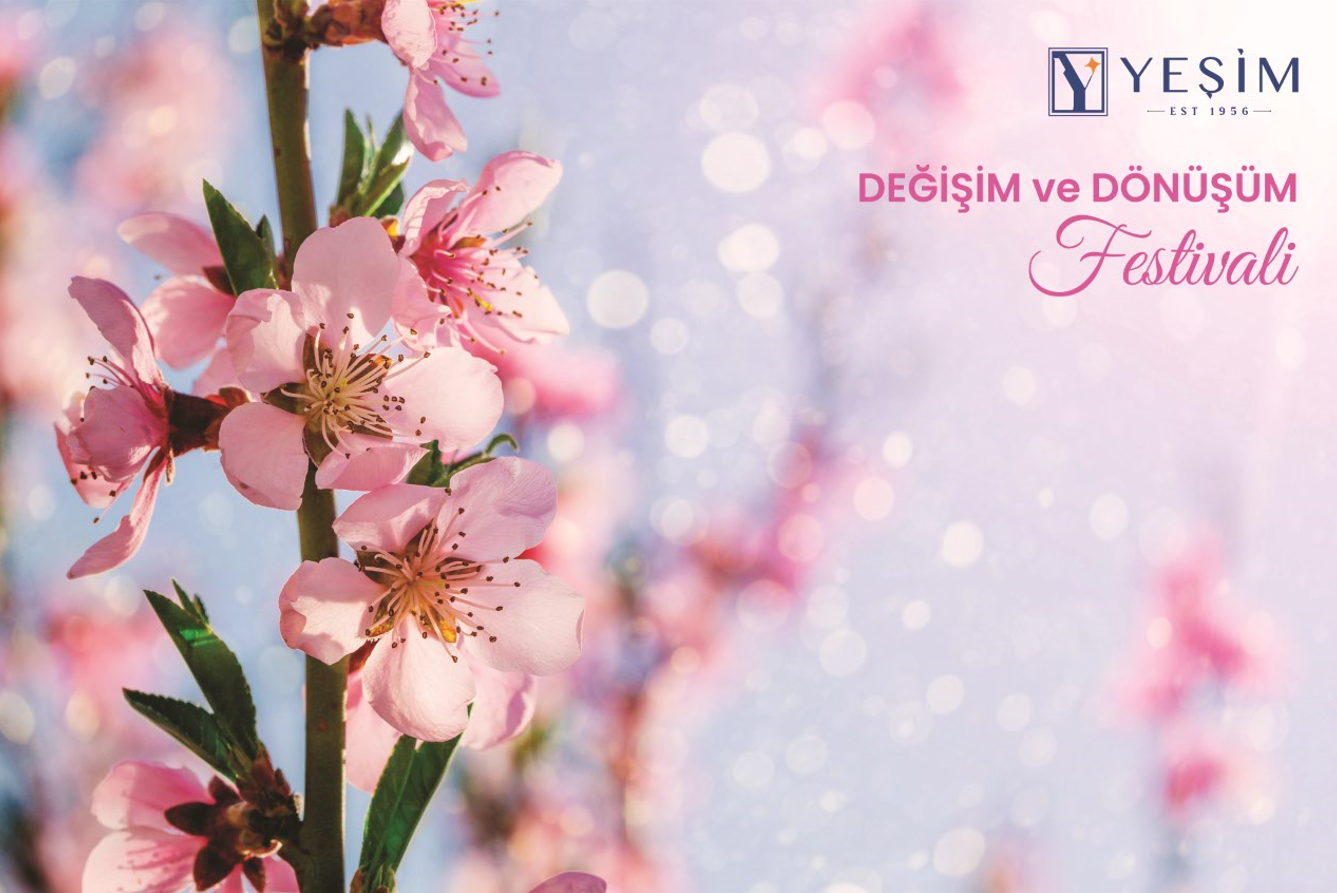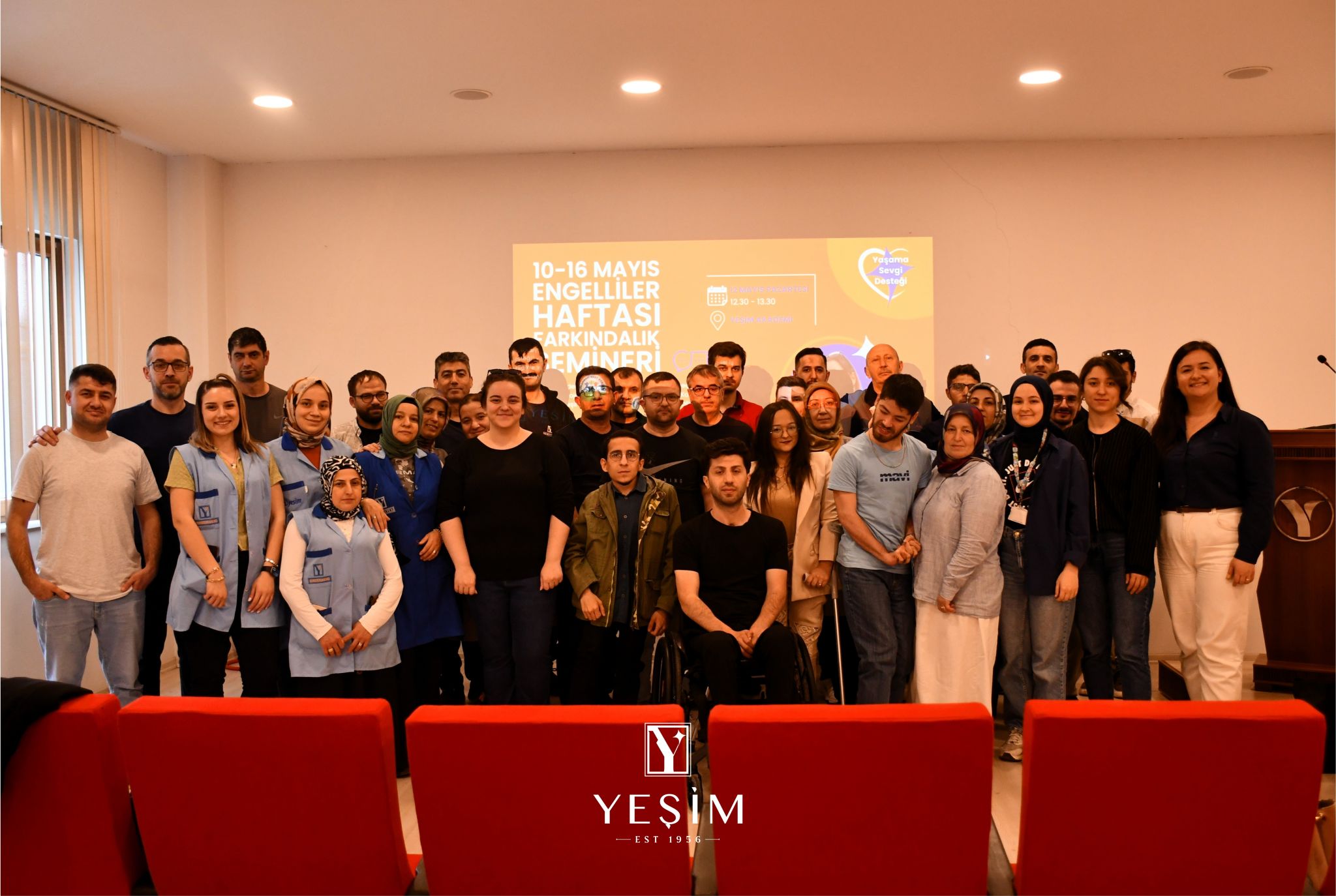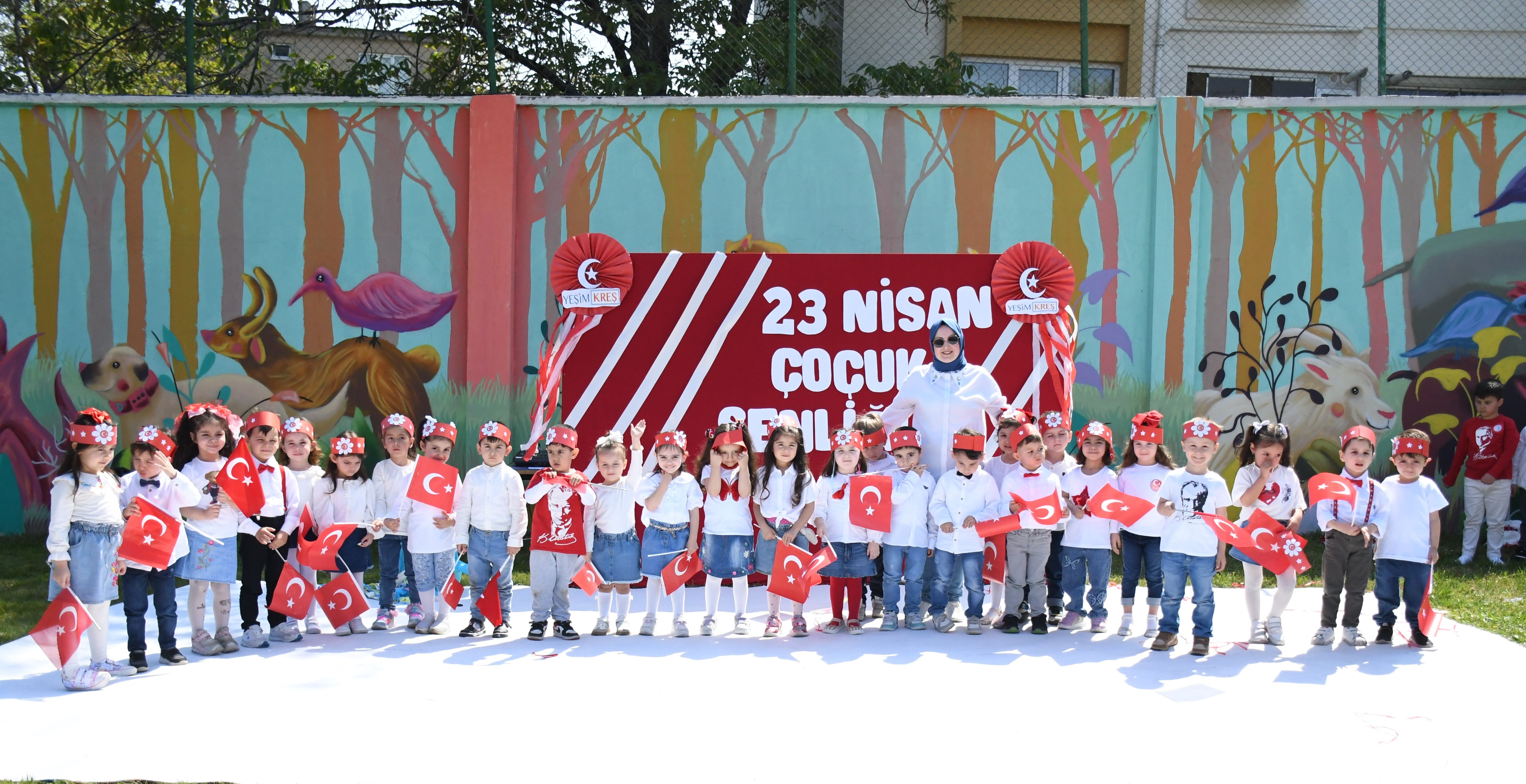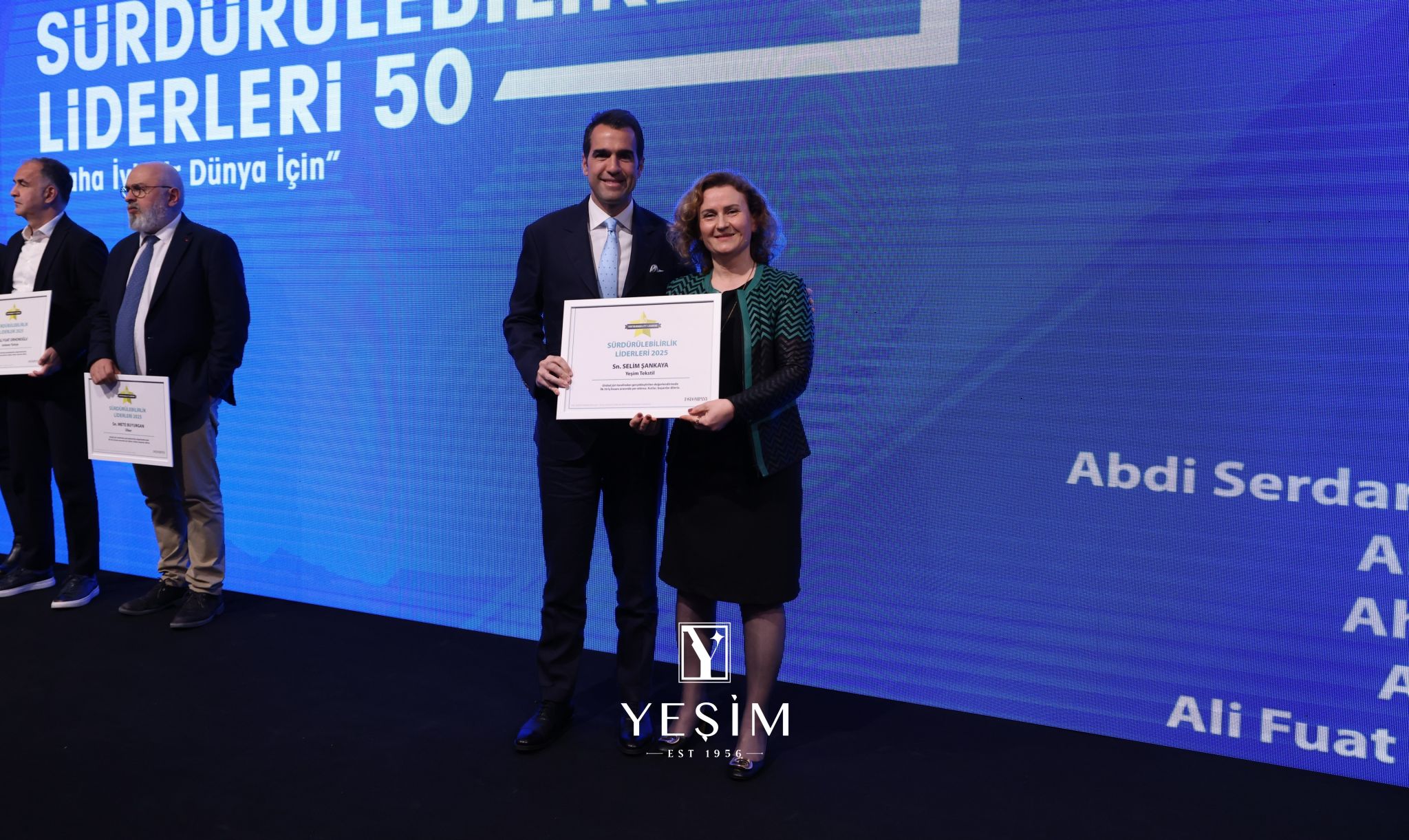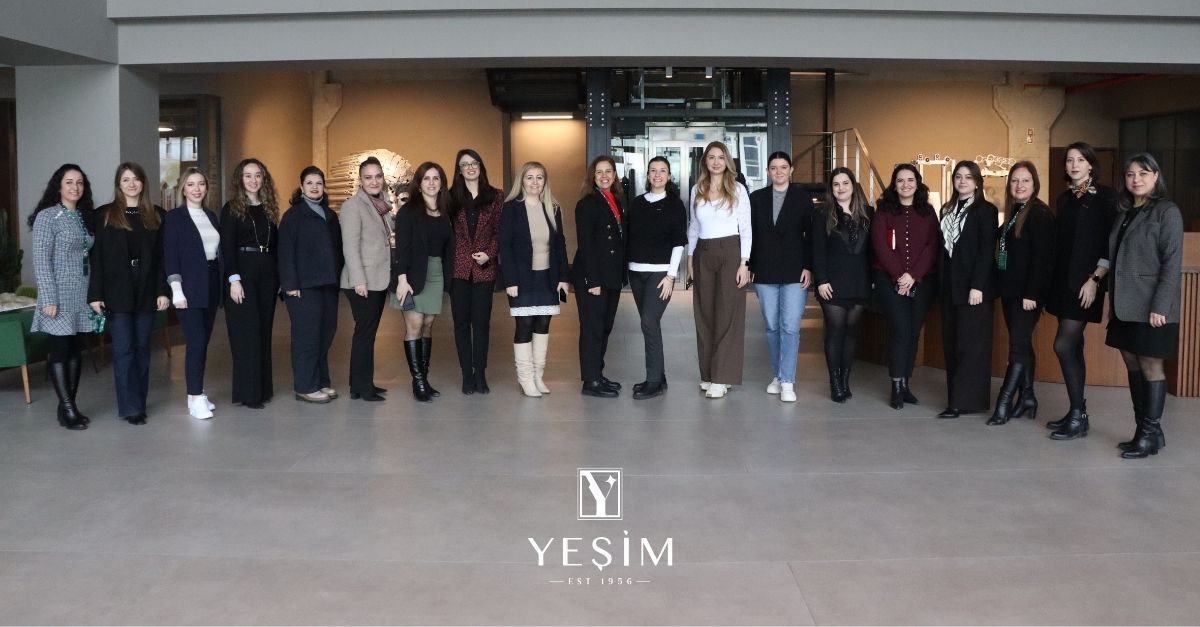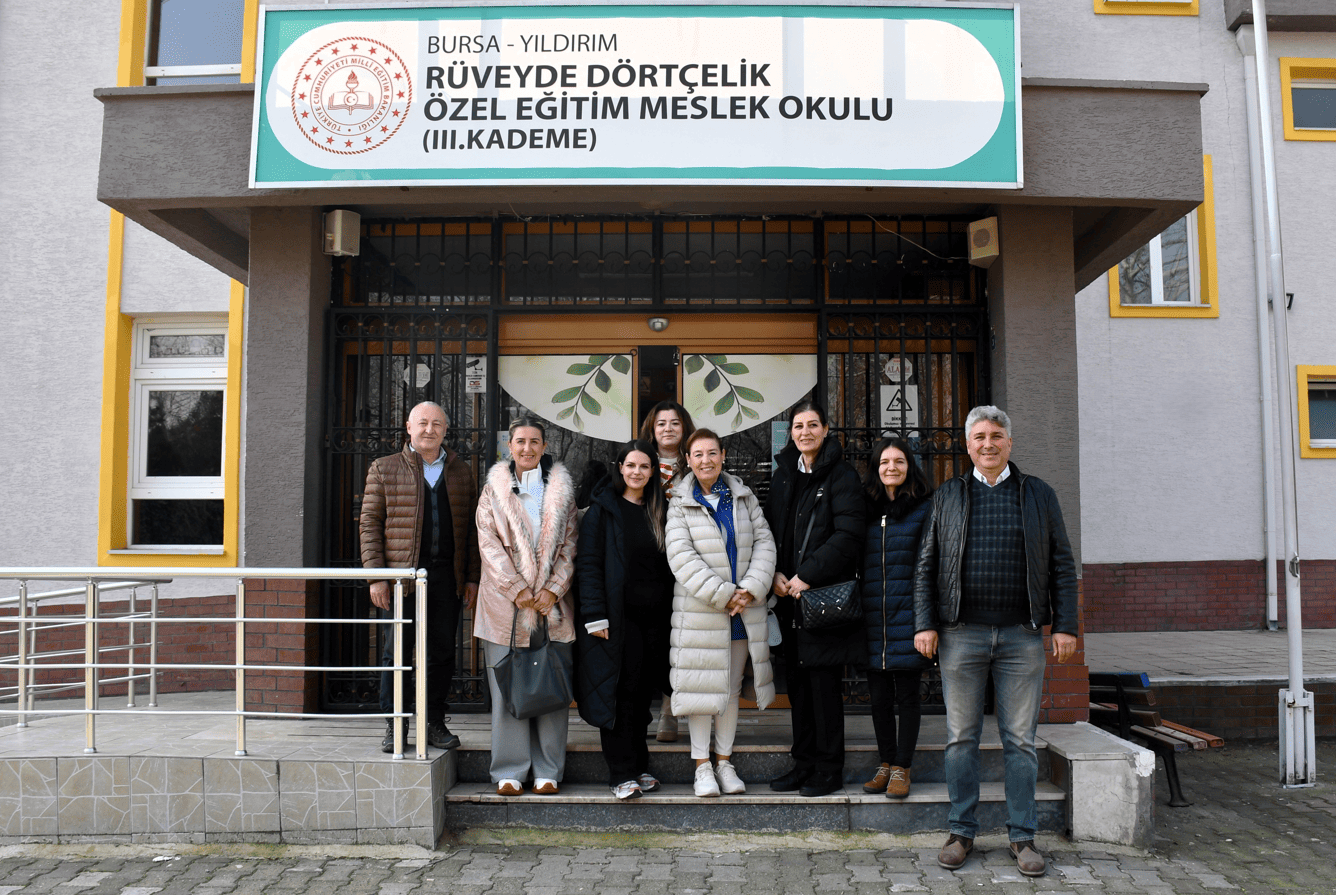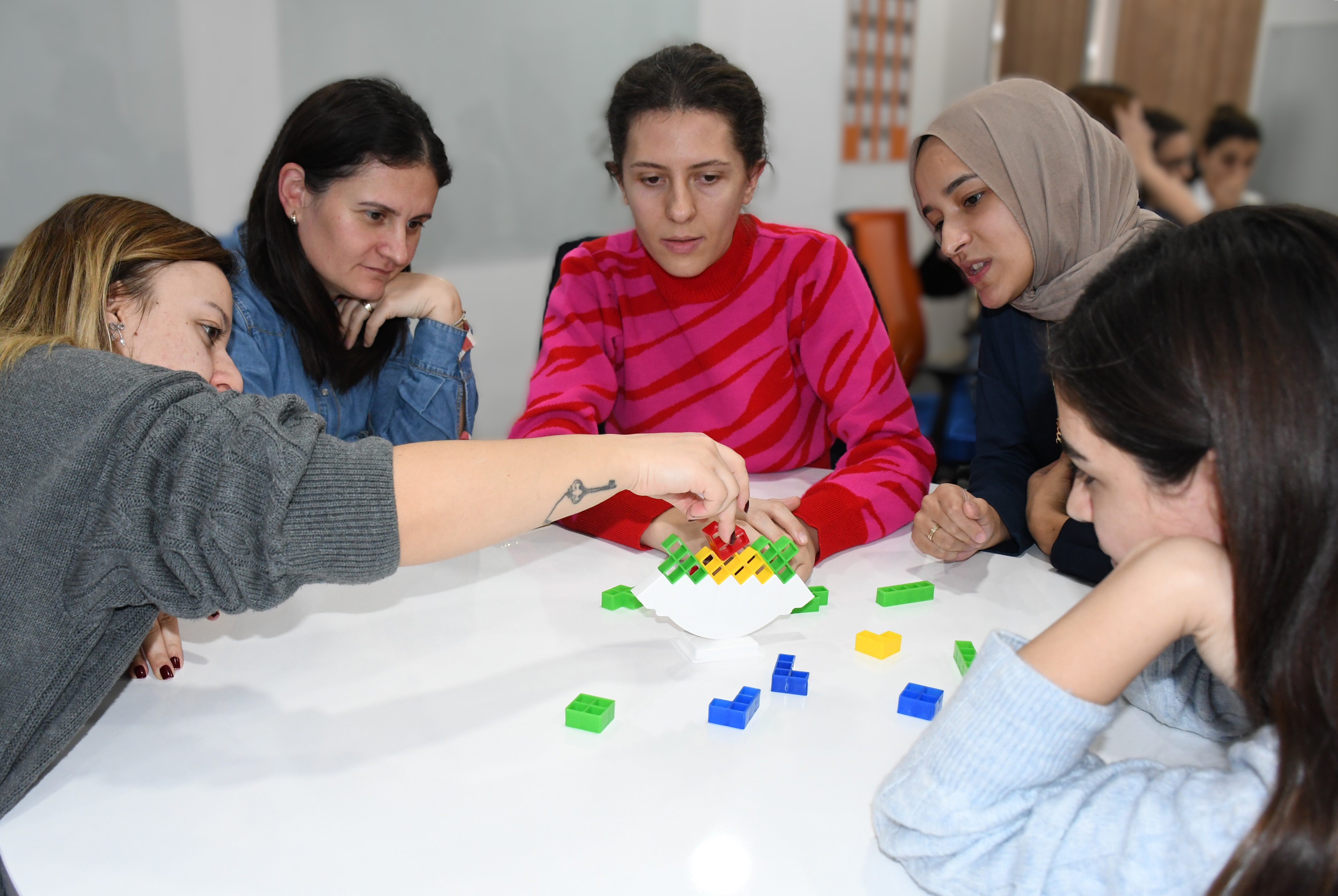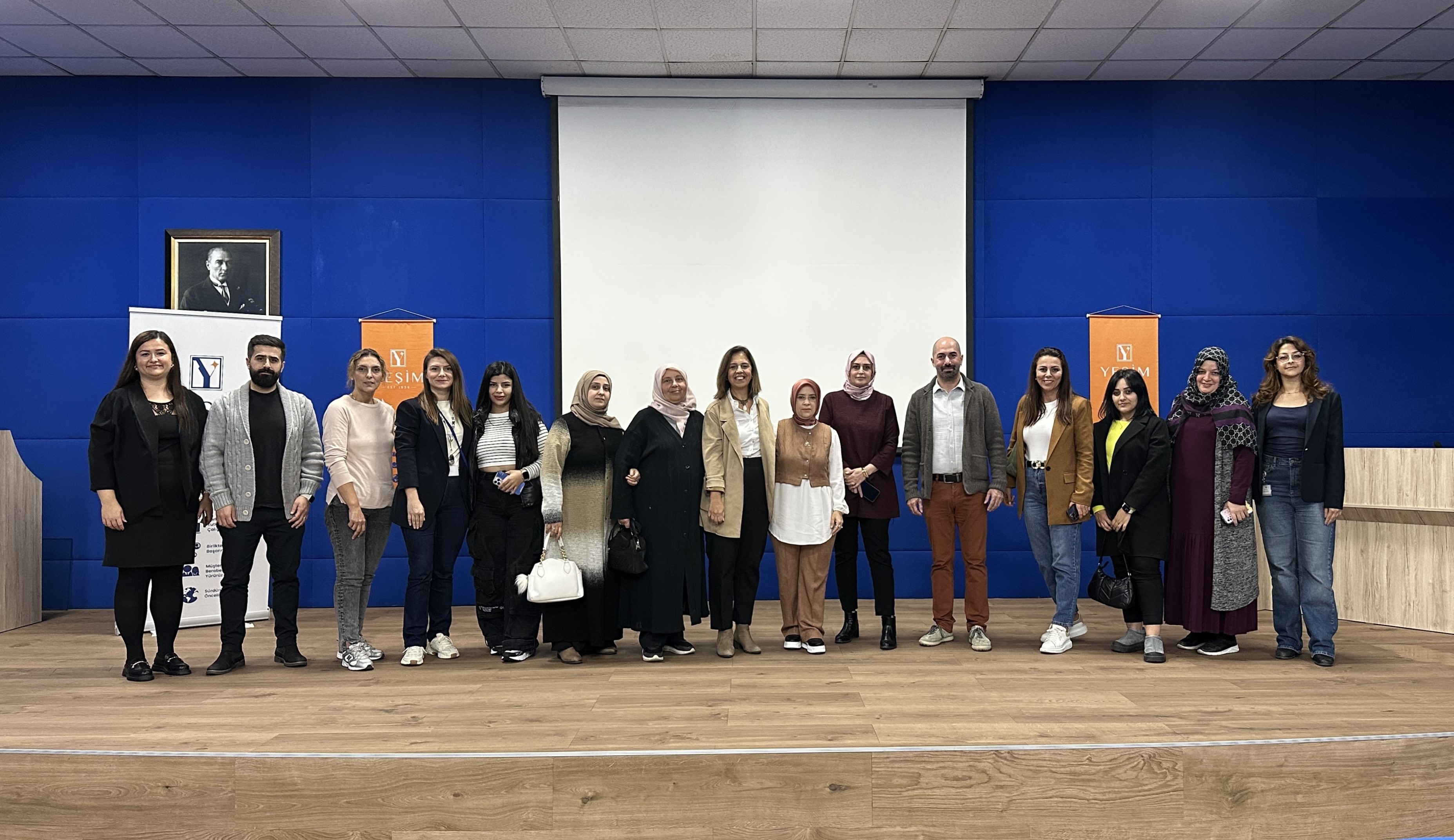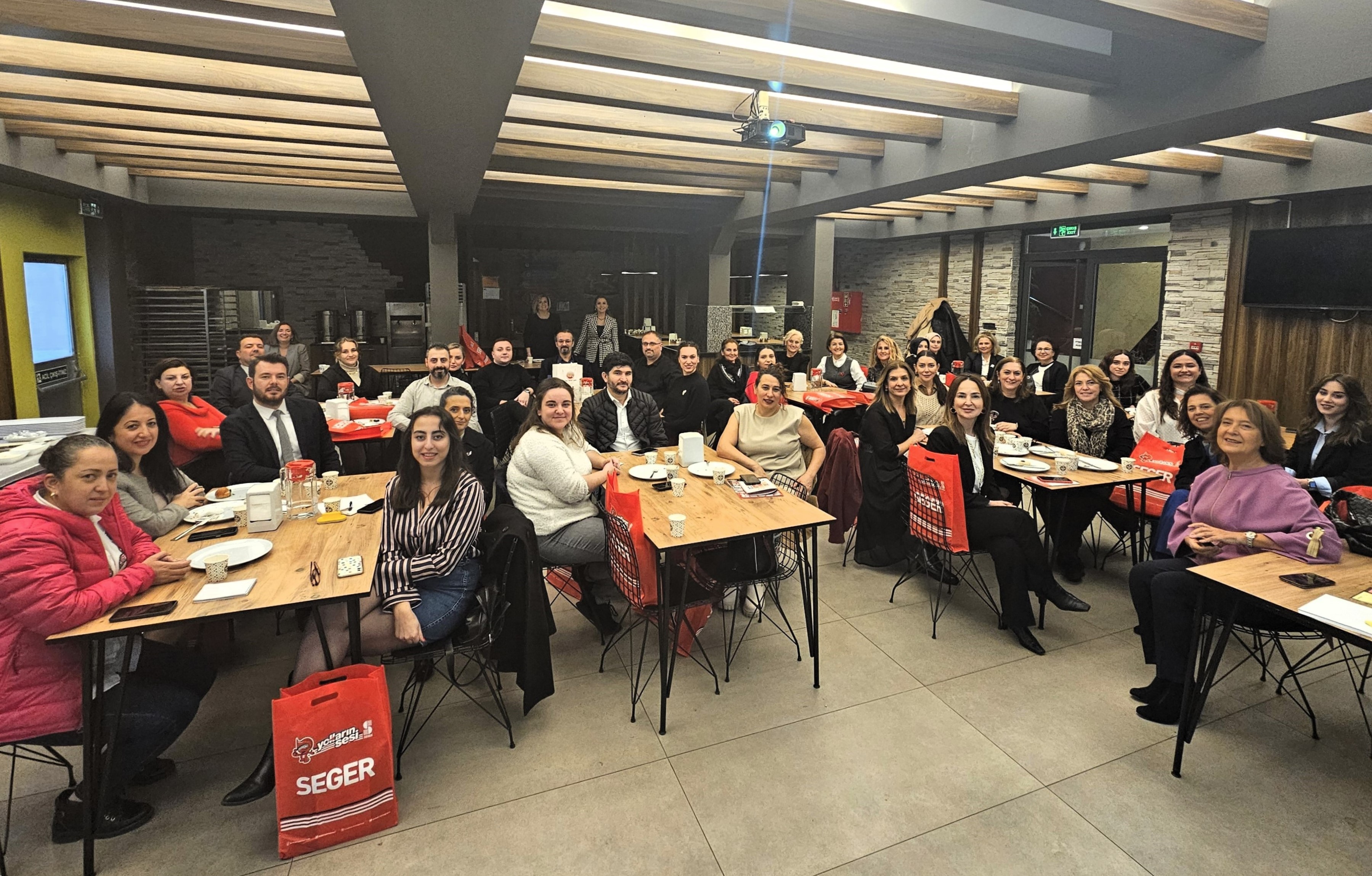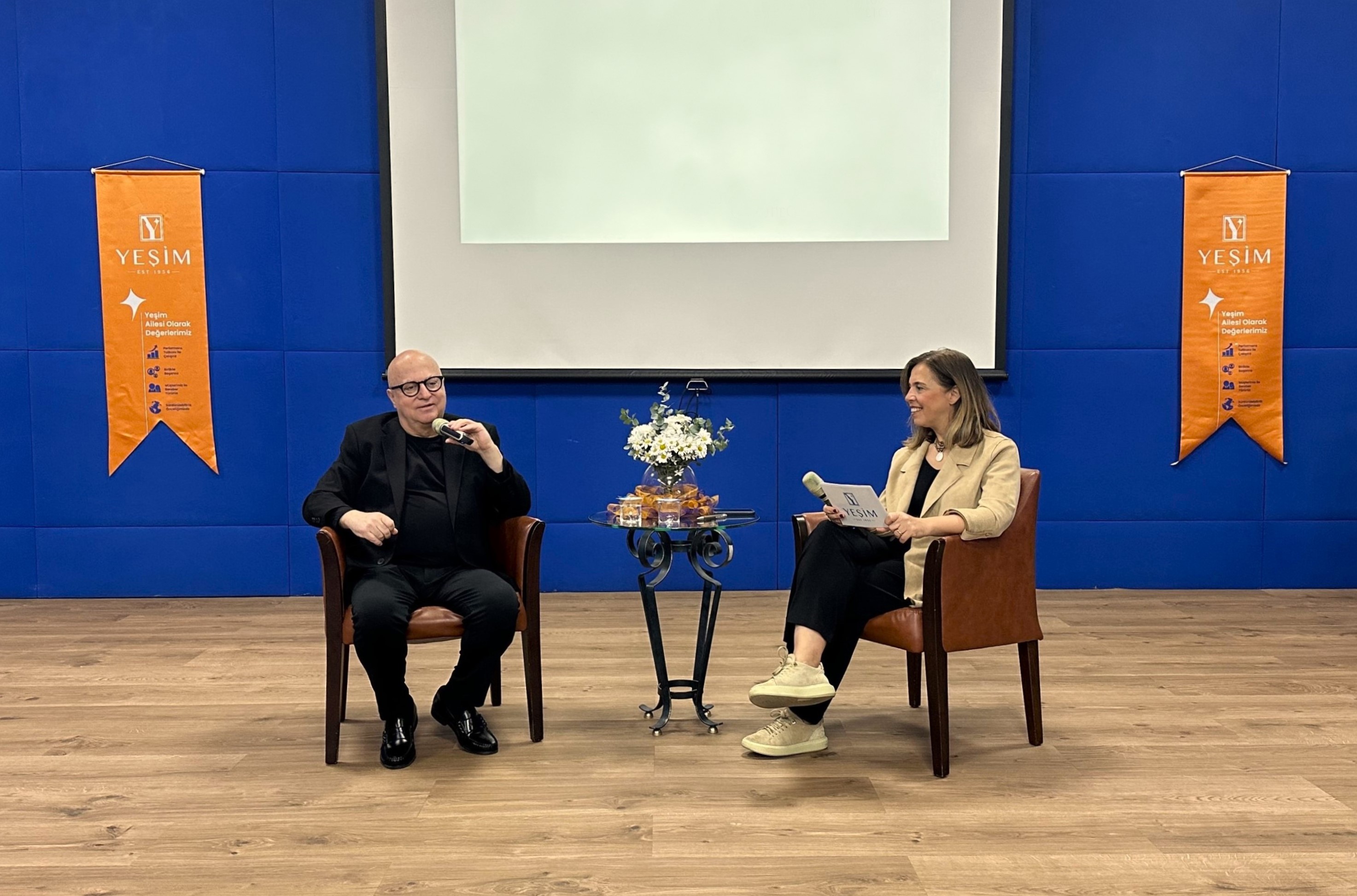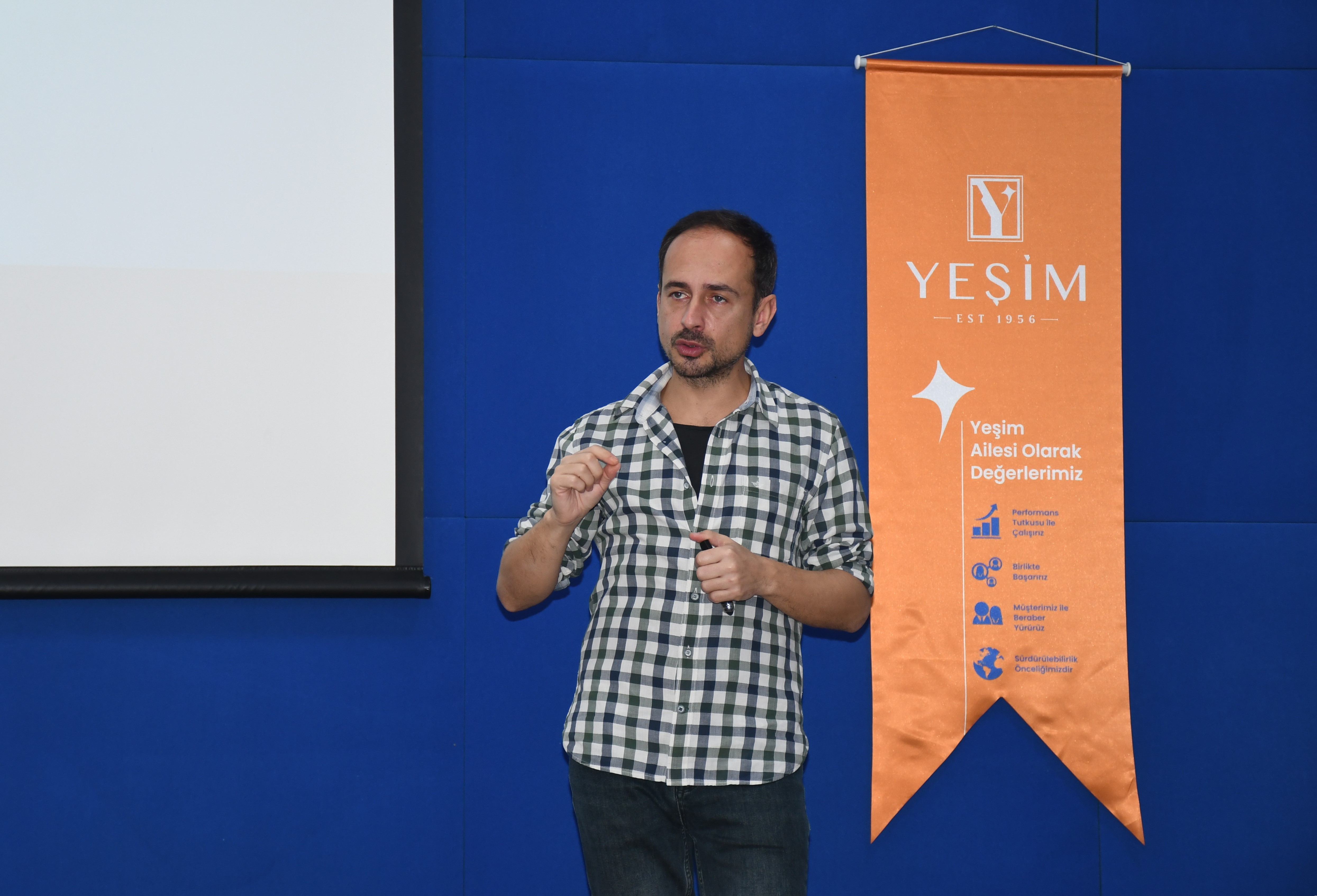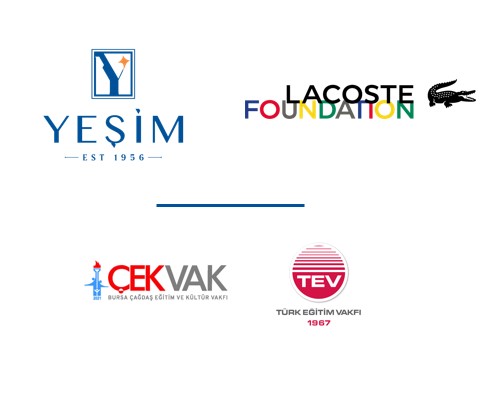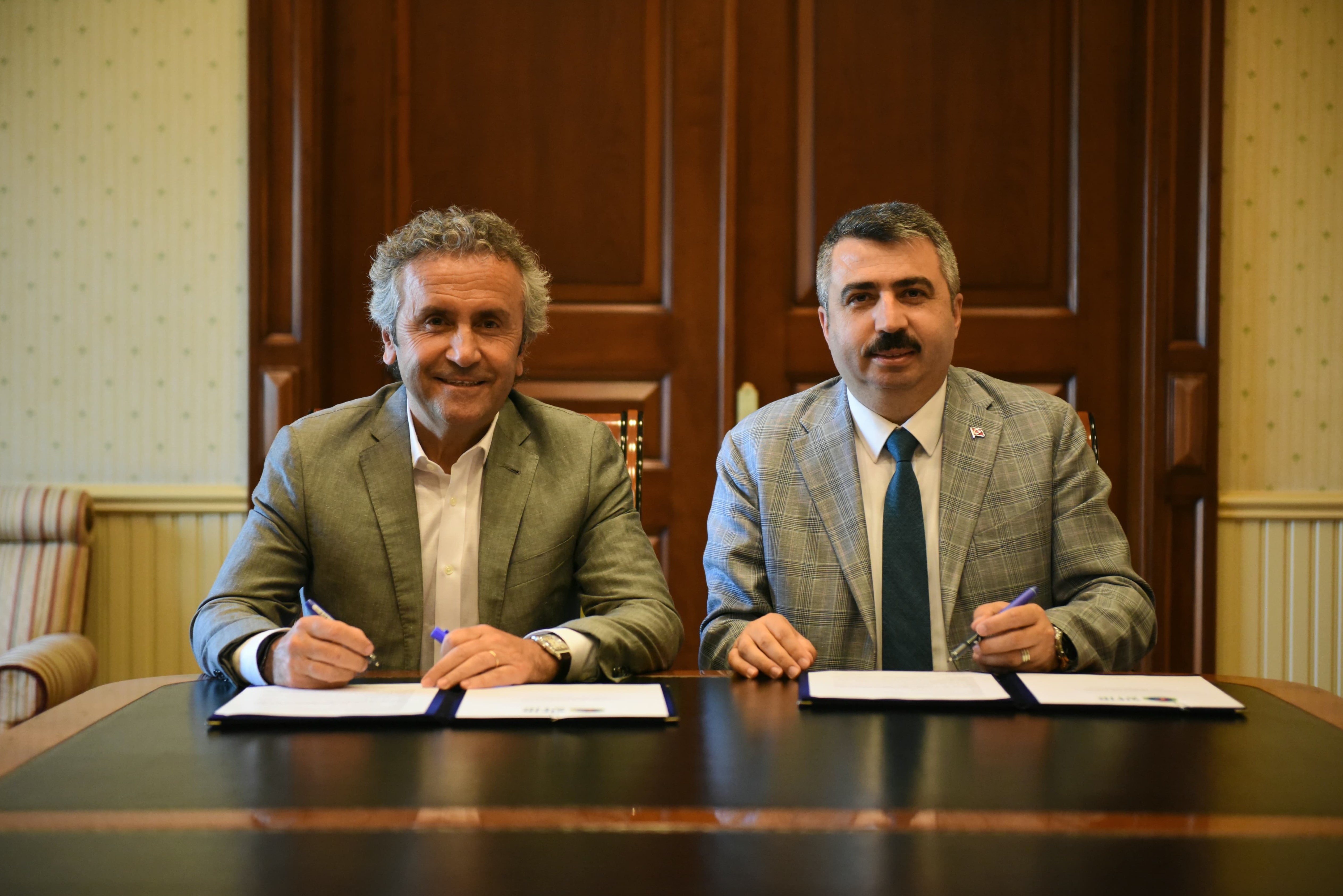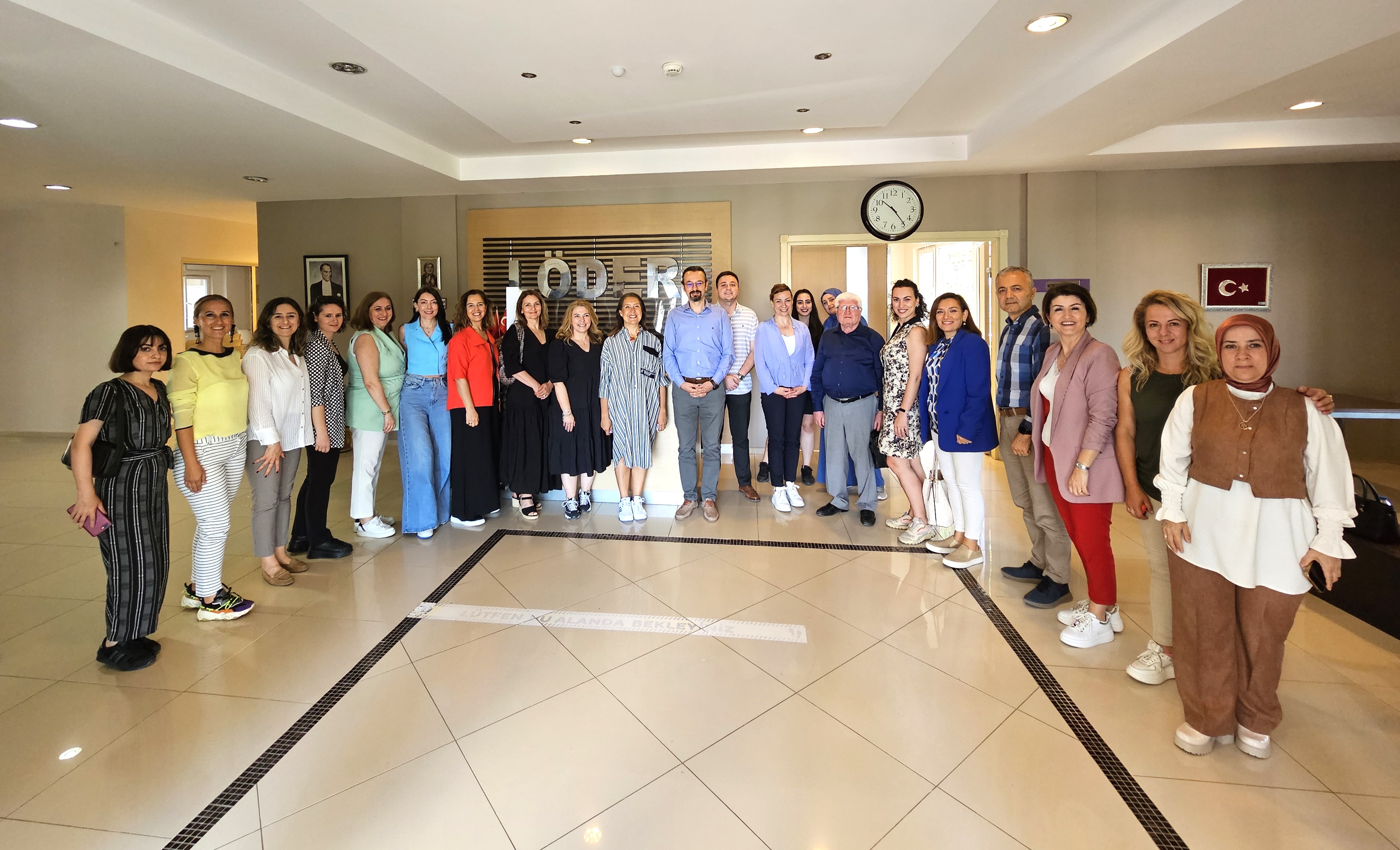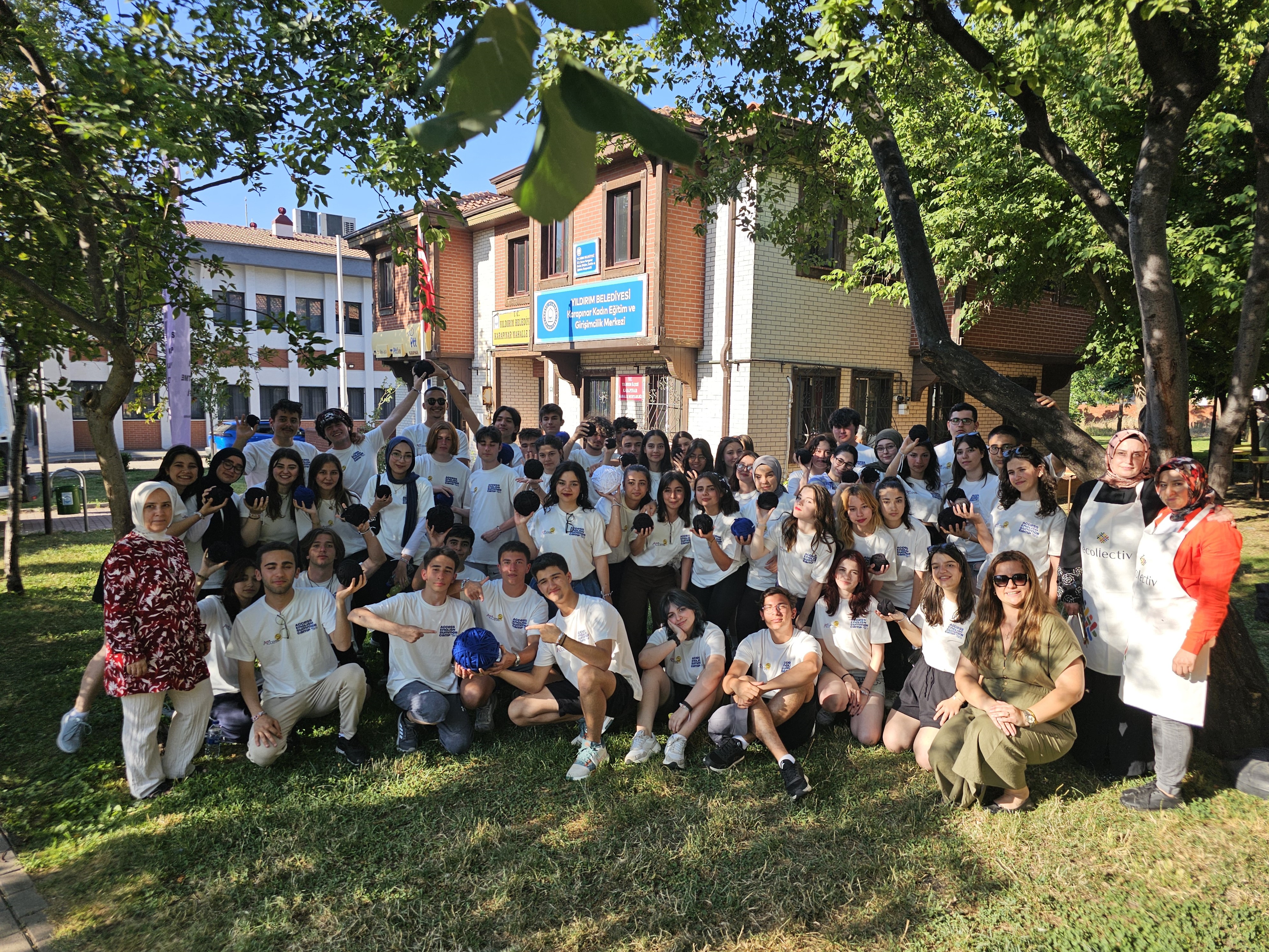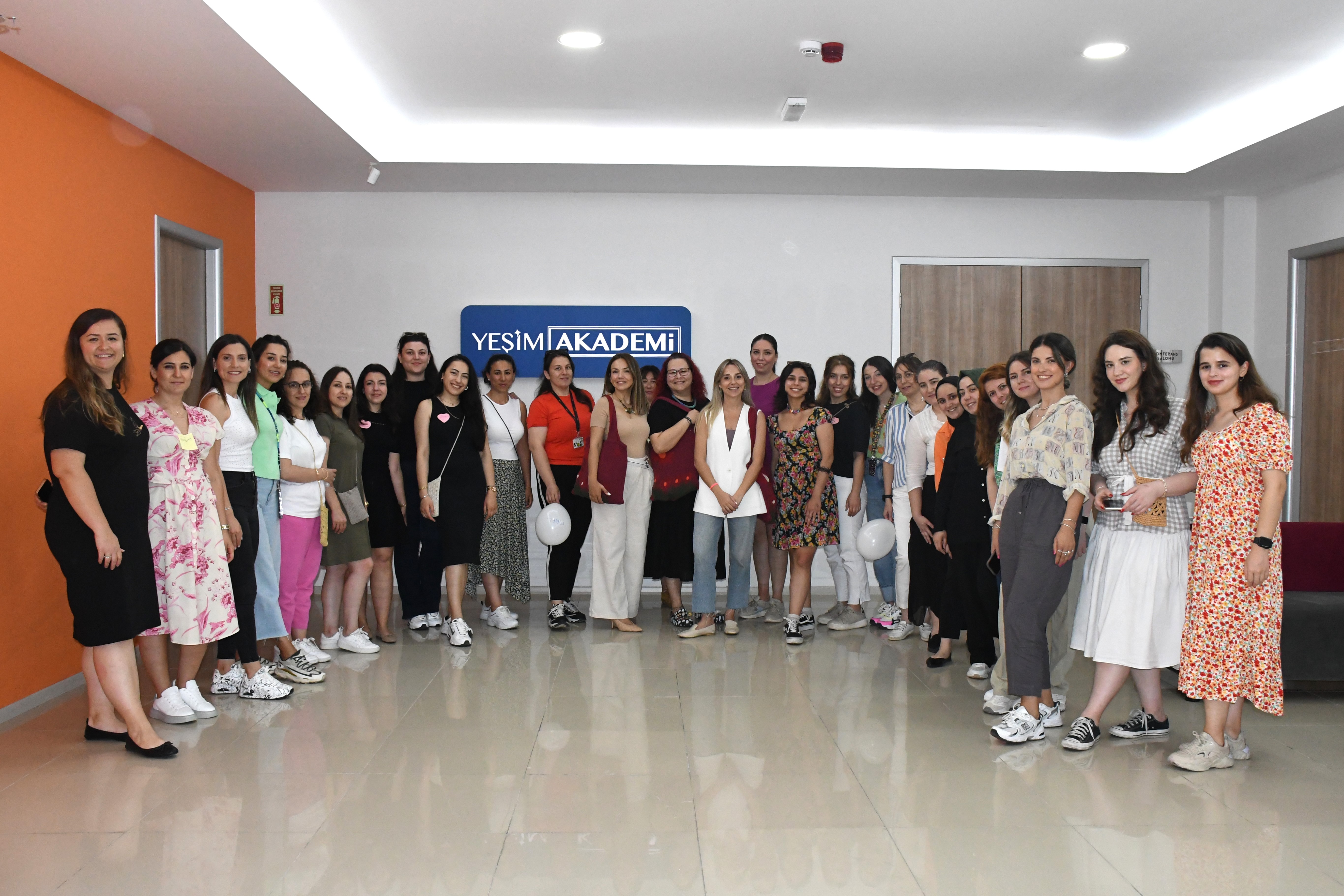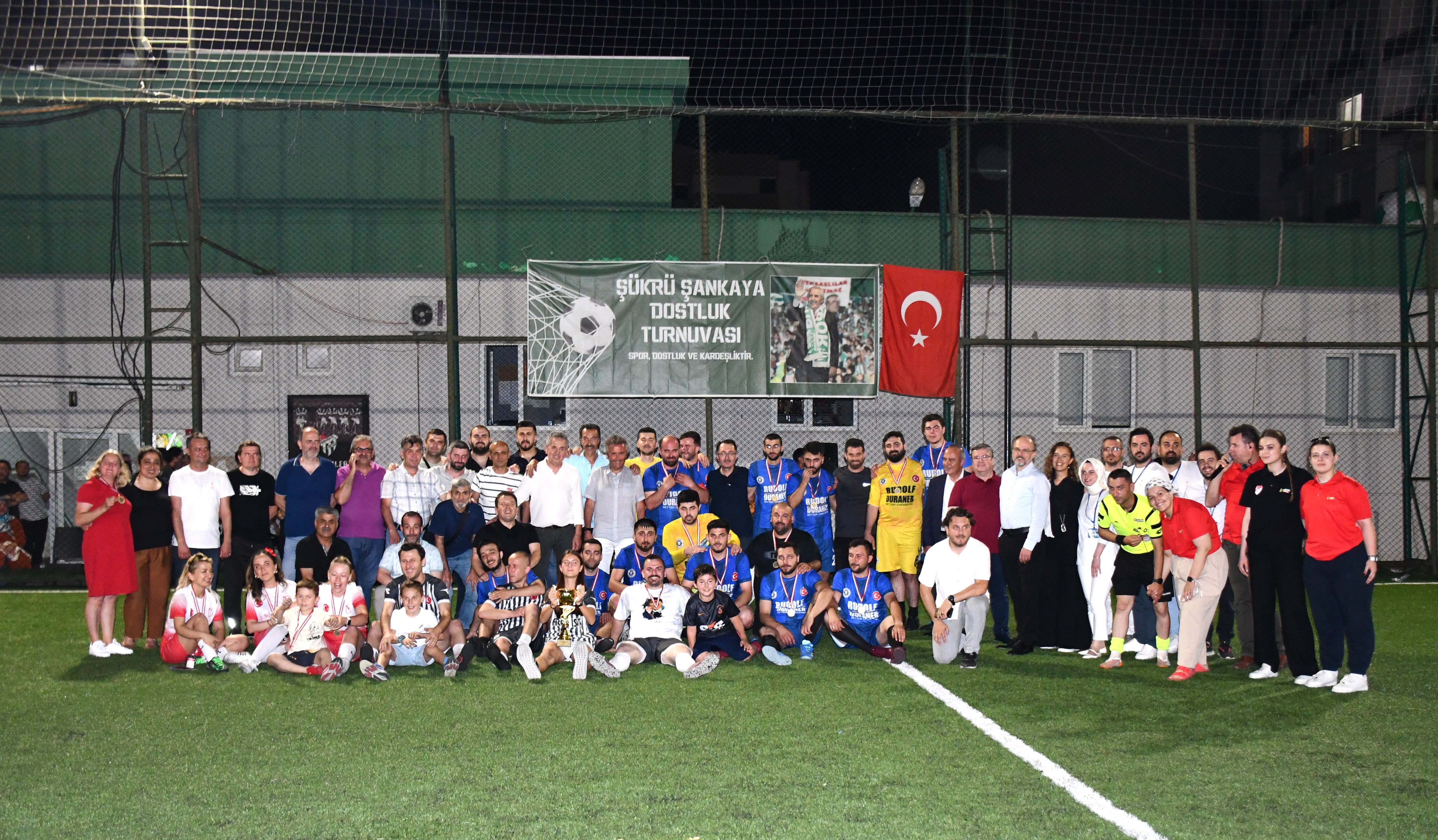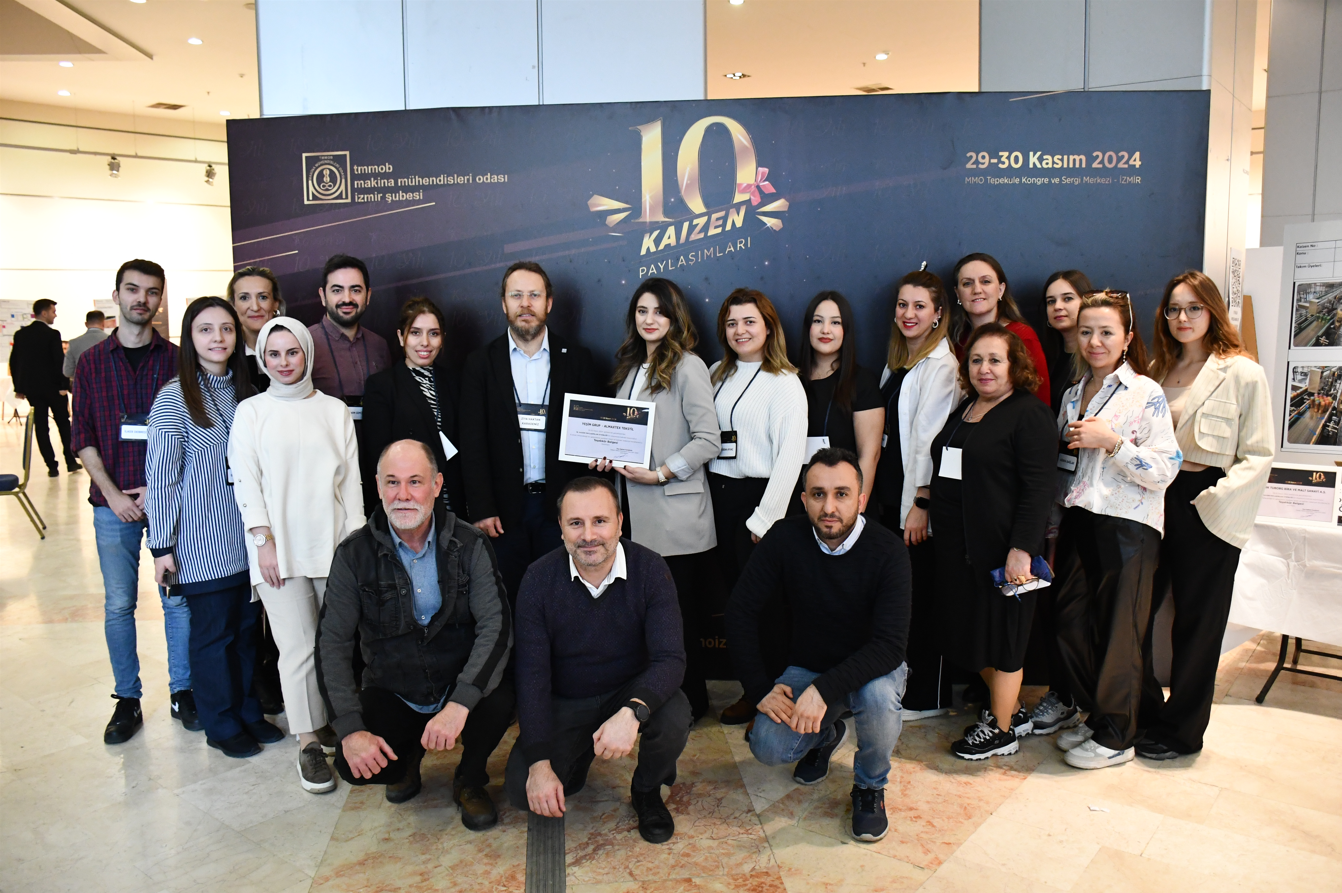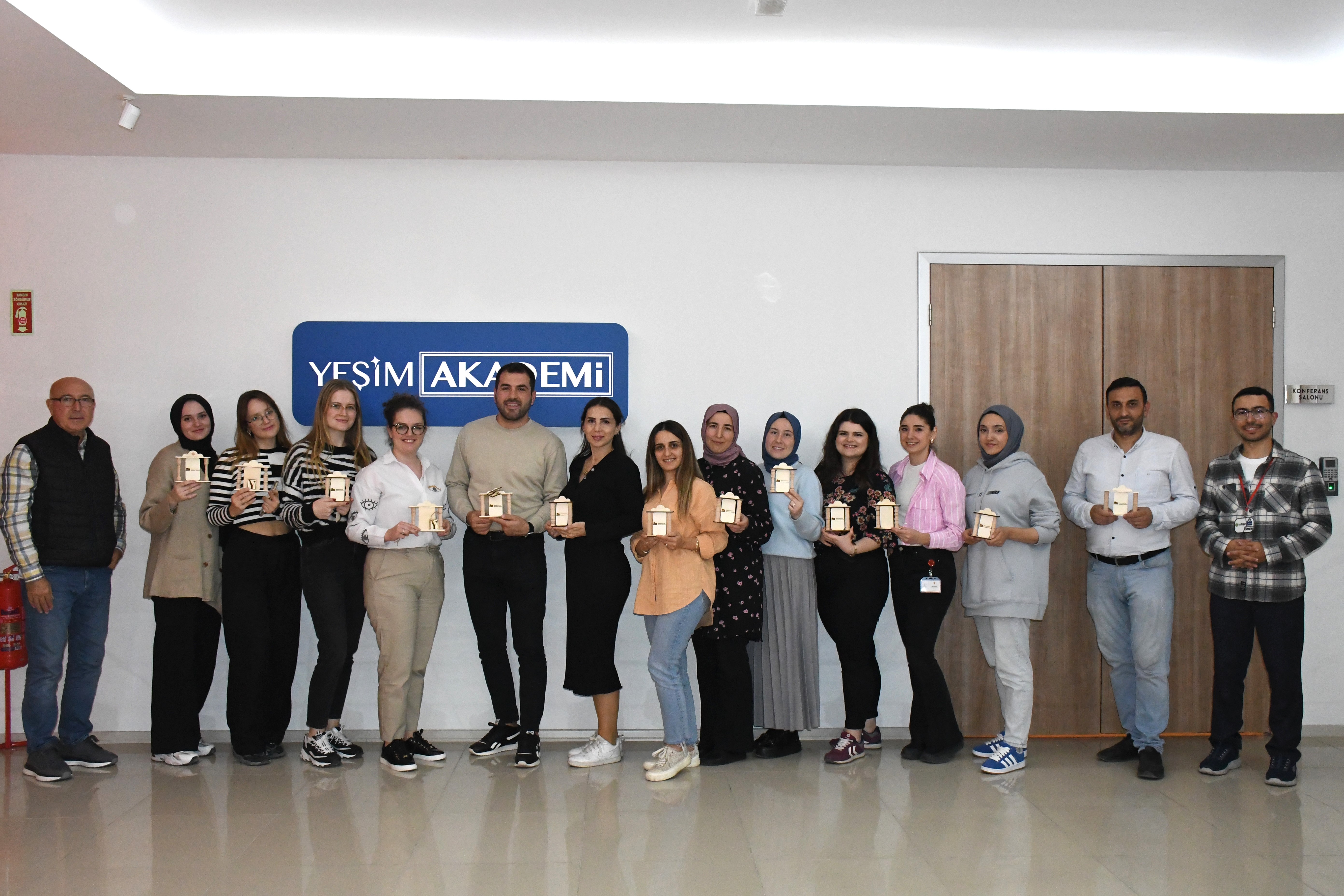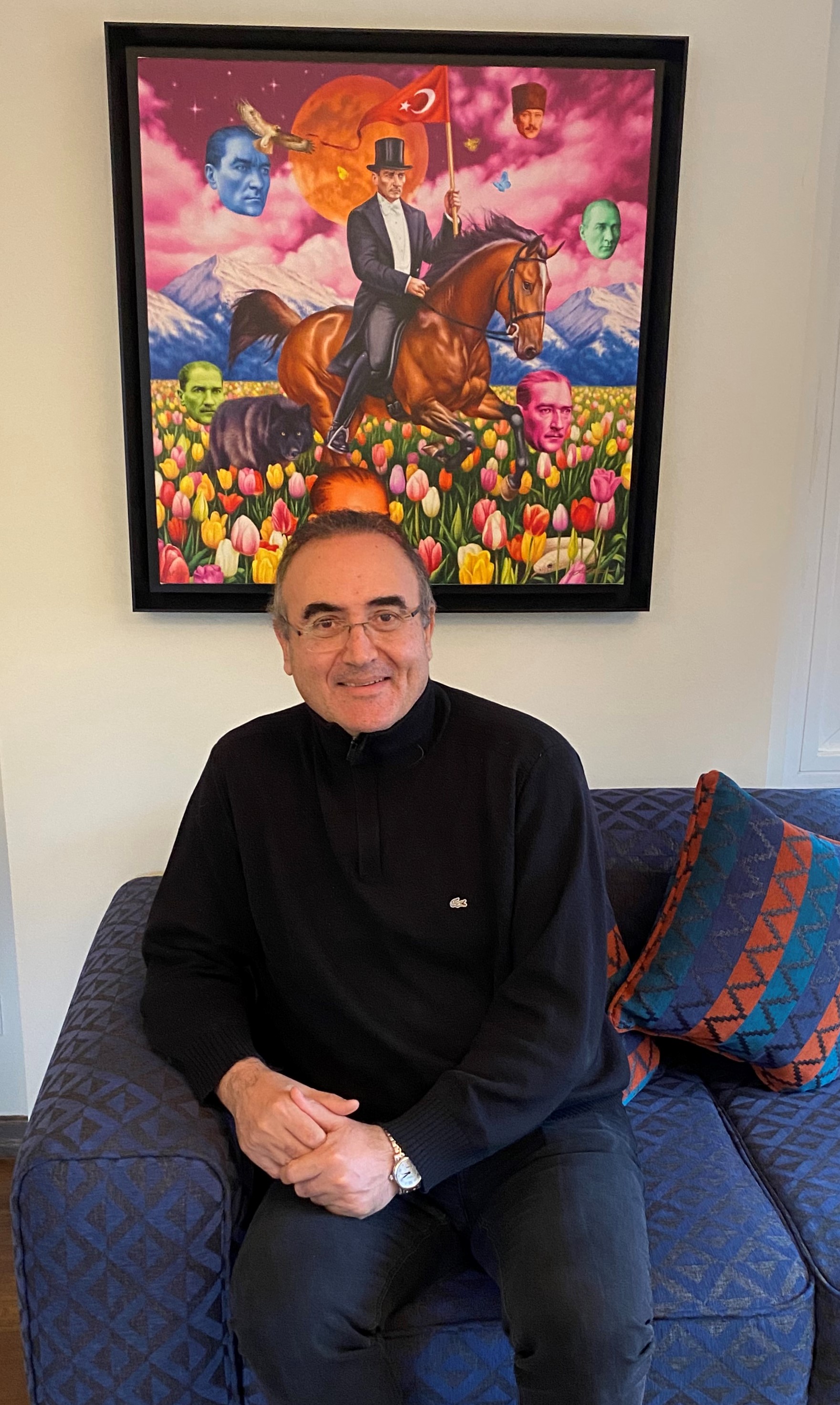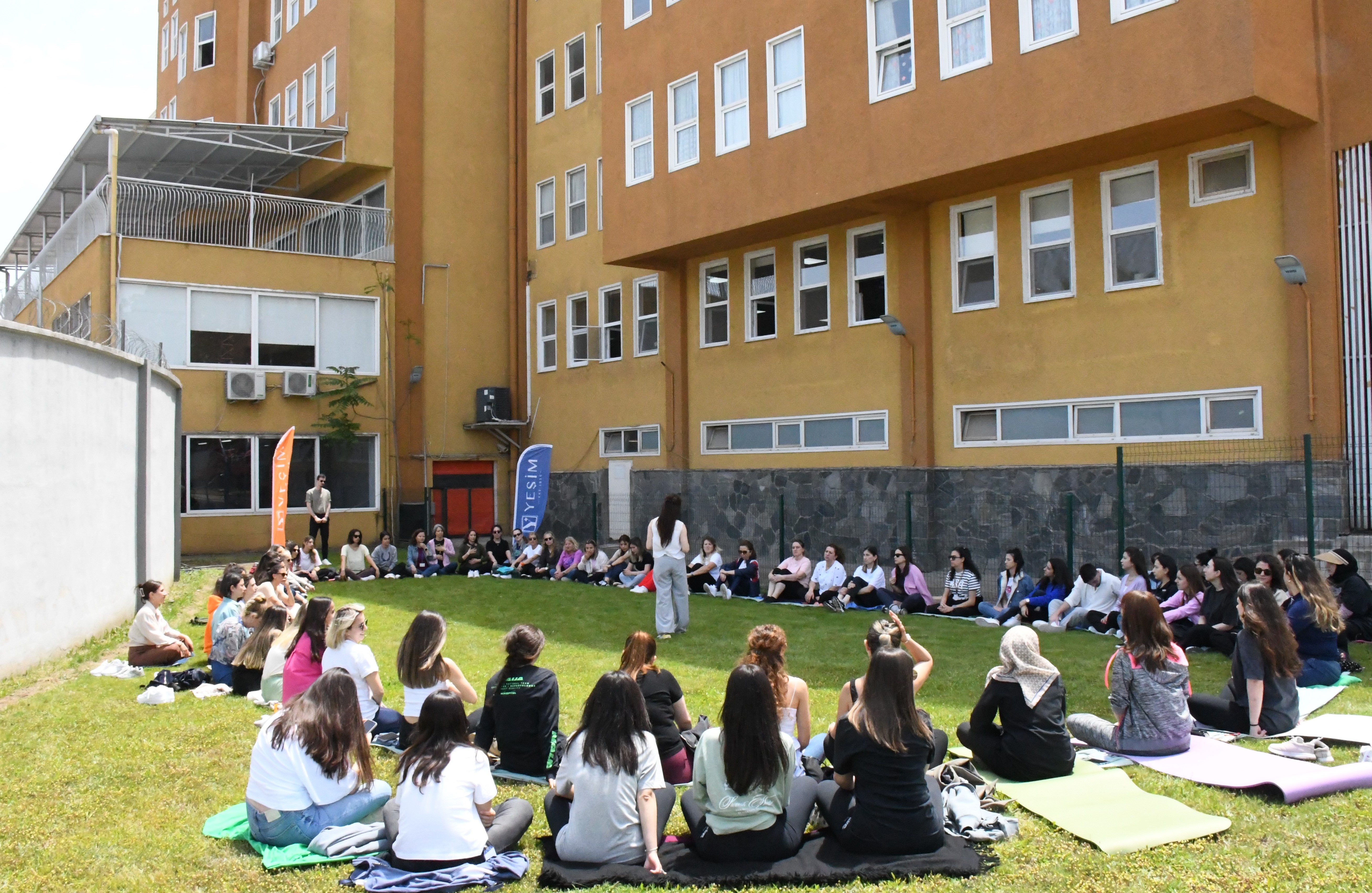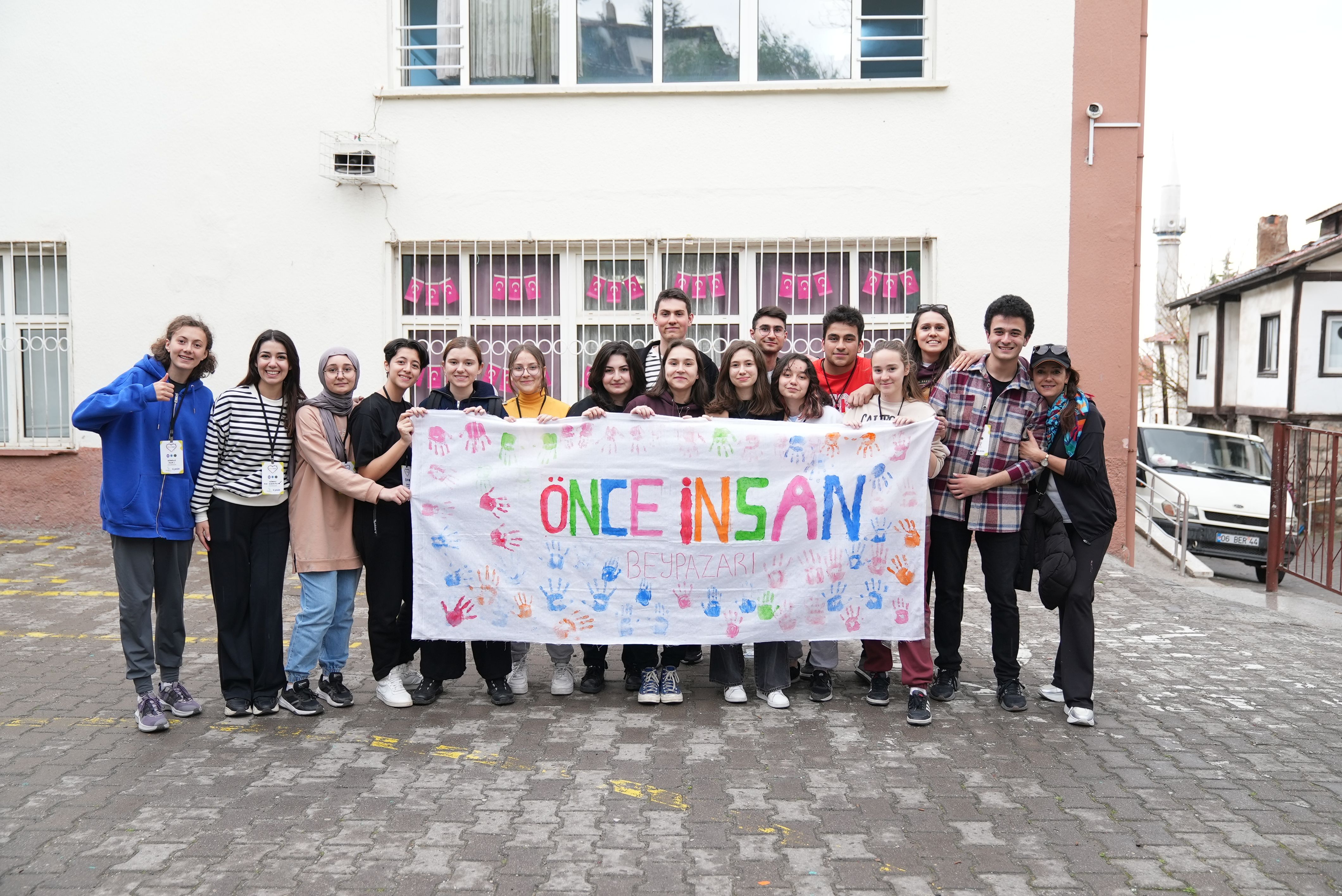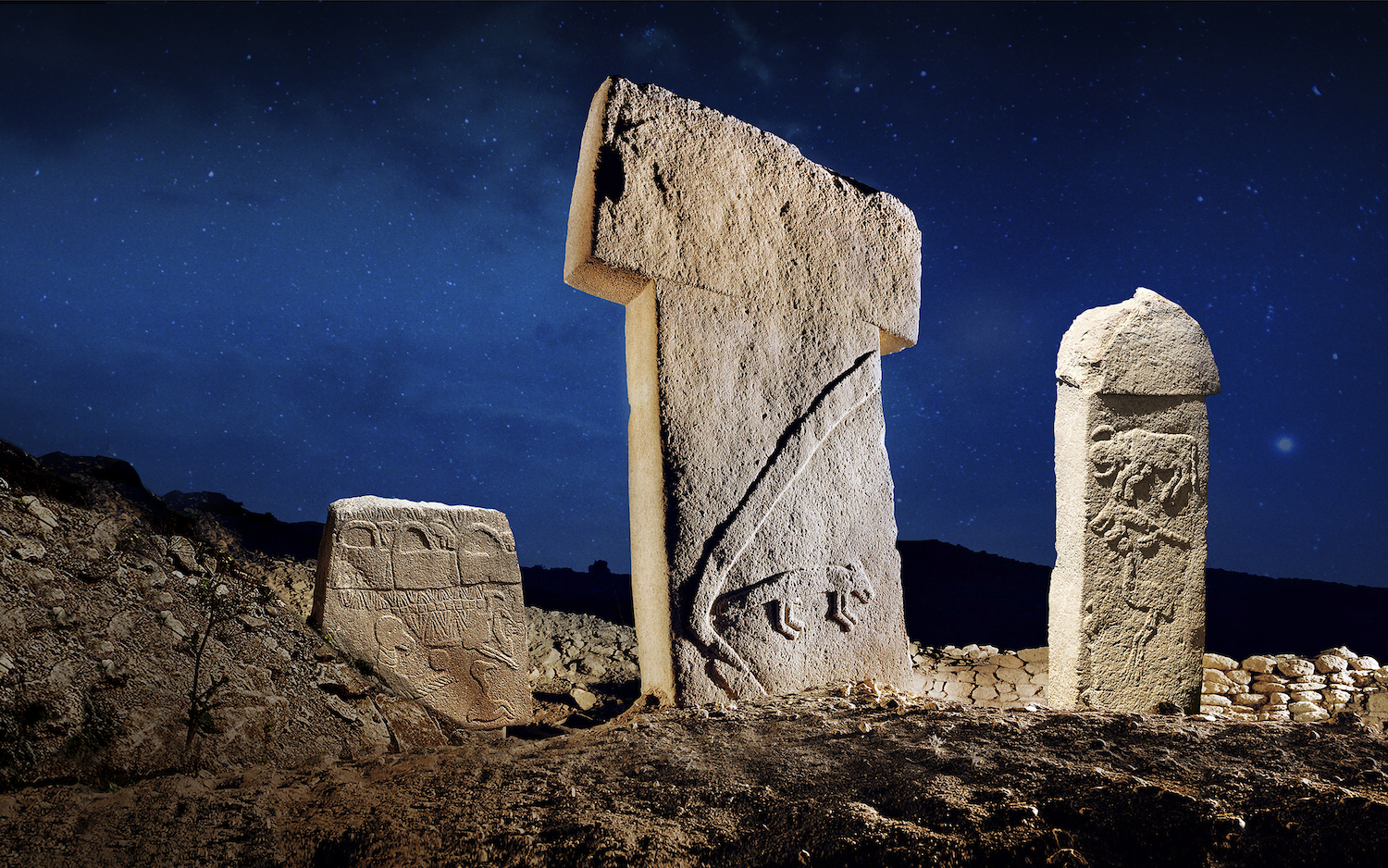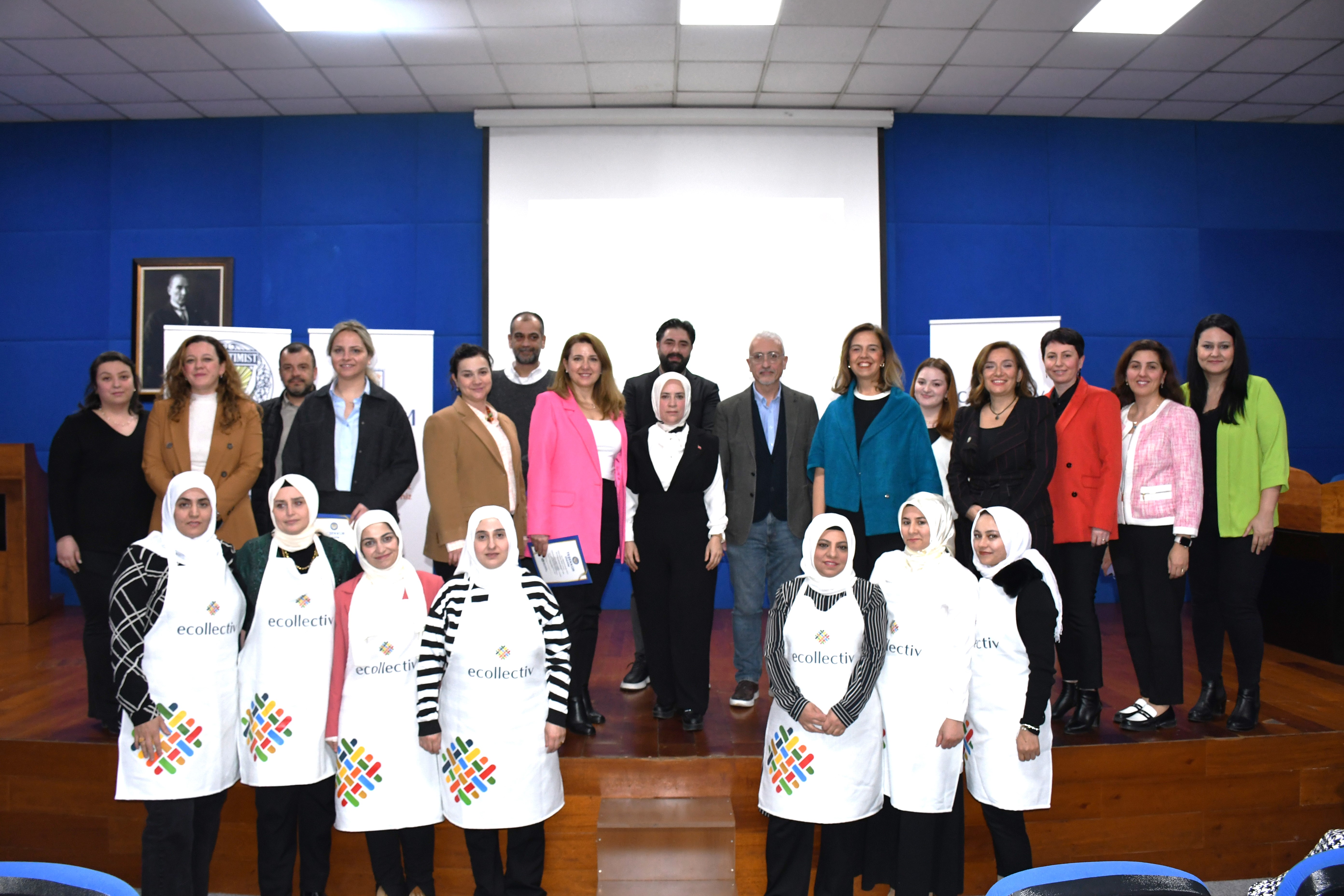Moldova: A Mosaic of Culture, History and Production
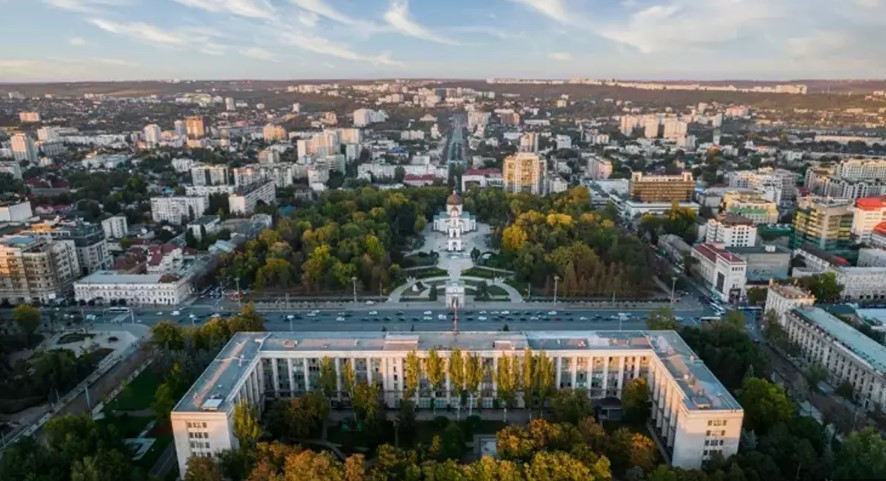 Moldova is a country with a rich history and deep roots, influenced by various cultures and civilizations throughout history. Located in the heart of Eastern Europe, this small but impressive country has been shaped by both Slavic culture and the traces of the Ottoman Empire and Western Europe. Moldova’s history reflects the impact of many different empires and kingdoms on these lands in the past. This diversity forms the foundation of the country’s rich cultural heritage today.
Moldova is a country with a rich history and deep roots, influenced by various cultures and civilizations throughout history. Located in the heart of Eastern Europe, this small but impressive country has been shaped by both Slavic culture and the traces of the Ottoman Empire and Western Europe. Moldova’s history reflects the impact of many different empires and kingdoms on these lands in the past. This diversity forms the foundation of the country’s rich cultural heritage today.
Moldova’s social structure is as diverse as its culture. With an economy based on agriculture, rural life remains of great importance in Moldova. The country is renowned for its vineyards and wine production. Moldova’s wines, particularly those made from endemic grape varieties unique to the region, are also recognized internationally. Wine culture is an integral part of social life in Moldova, playing a significant role in the country’s festivals and special occasions.
Chișinău: The Heart of Moldova
Chișinău, the capital of Moldova, stands out as a city where modern life intertwines with historical texture. Located in the city center, Stefan Cel Mare Park is a popular spot where both tourists and locals have a pleasant time, and it is home to the Stefan Cel Mare Monument, built in memory of one of Moldova’s most important historical figures. The park is also considered the center of social life in the city. The streets of Chișinău are noted for their wide boulevards and magnificent buildings from the Soviet era, while also adorned with modern structures built after the country gained independence.
The Monumental Tower Rising on the Banks of the Reut
As you travel into Moldova’s rural areas, you are greeted by an impressive tower with a rich historical background on the banks of the Reut River. This tower is a significant structure that showcases the region’s rich past. Built over a century ago, the tower was once part of a grand estate. According to legend, this estate was a palace with 99 rooms and belonged to a wealthy Bulgarian nobleman named Stepan Uvalov. The tower, which remains from this palace that has since vanished, continues to impress visitors as one of the rare structures that bear witness to Moldova’s rich history.
O.jpg) rheiul Vechi and Curchi Monastery: Moldova’s Spiritual Heritage
rheiul Vechi and Curchi Monastery: Moldova’s Spiritual Heritage
One of the most significant places where you can trace the spiritual heritage of Moldova is the rock monasteries at Orheiul Vechi. The most striking feature of these monasteries is that they are carved into natural rock formations. Located near the village of Trebujeni, this monastery complex is an essential part of Moldova’s cultural fabric due to its natural beauty and historical significance. Additionally, Curchi Monastery is one of the important religious centers in the region and sheds light on Moldova’s spiritual history with its rich architecture.
Production and Economic Contribution in Moldova
Moldova’s historical development has made it an essential part of Europe in its current form. The rich historical background has shaped the country’s cultural fabric and made it unique.
Asena Textile, which is our production facility in Moldova, is situated amidst these cultural and historical riches, and contributes to the regional economy and supports Moldova’s development. Our investment in Moldova goes beyond merely an economic activity; it also strengthens cultural ties between the two countries and provides new employment opportunities in the region.


